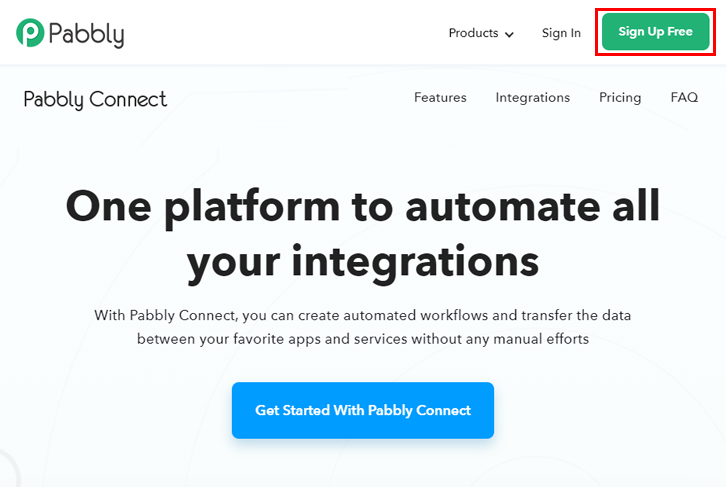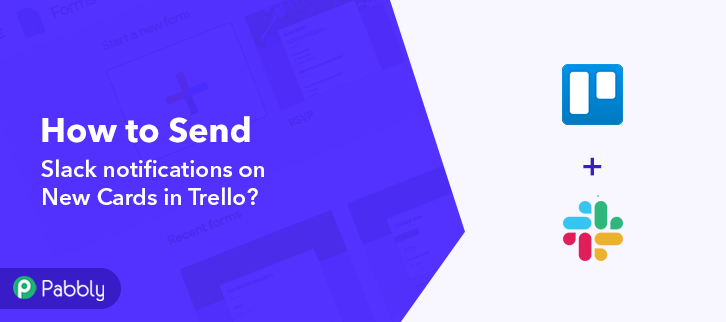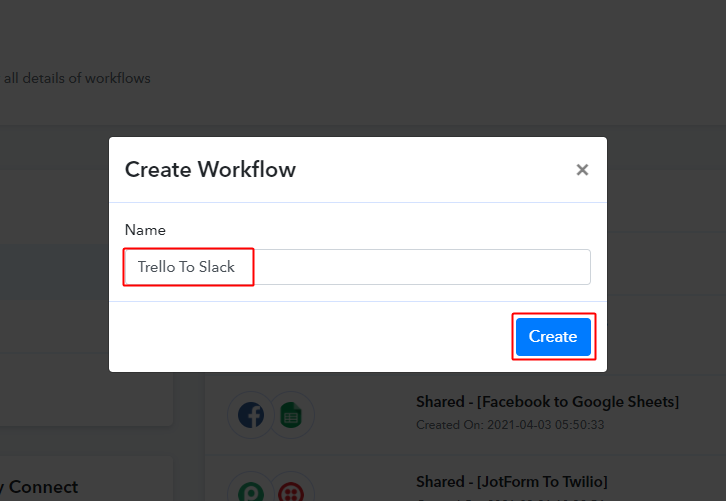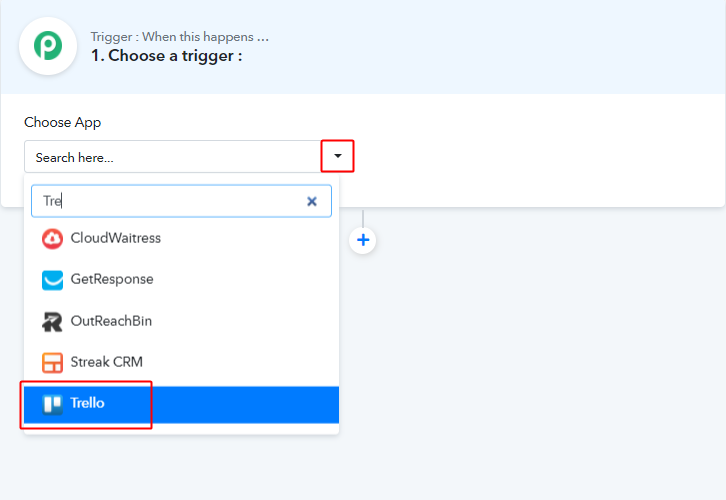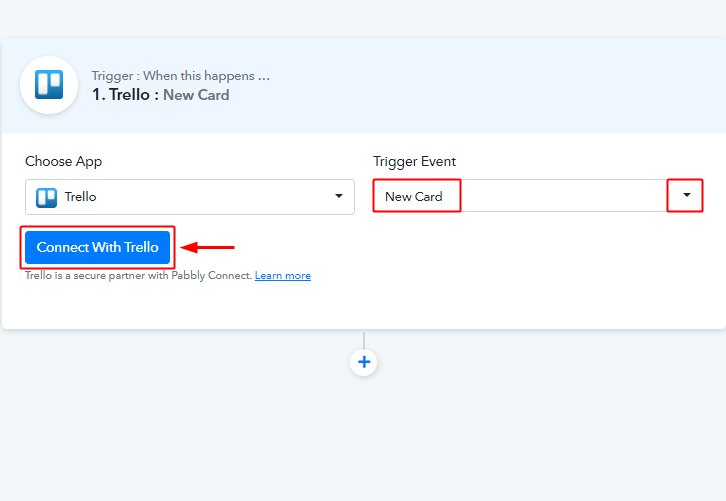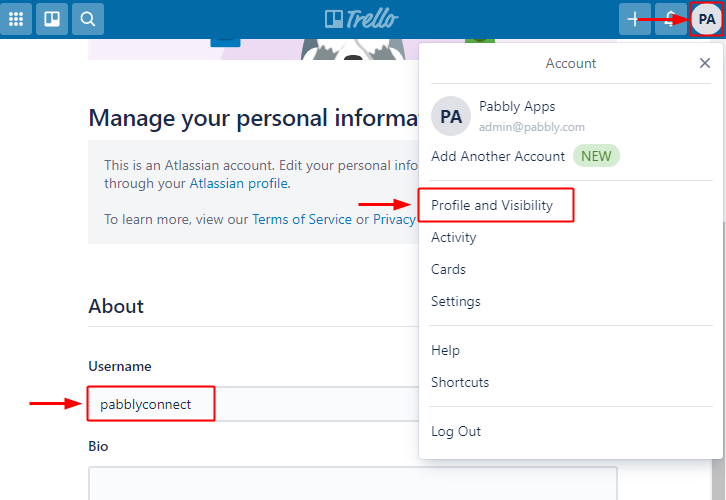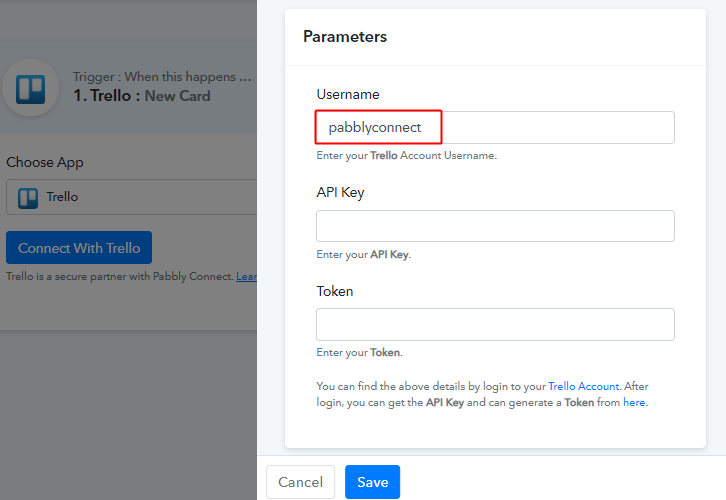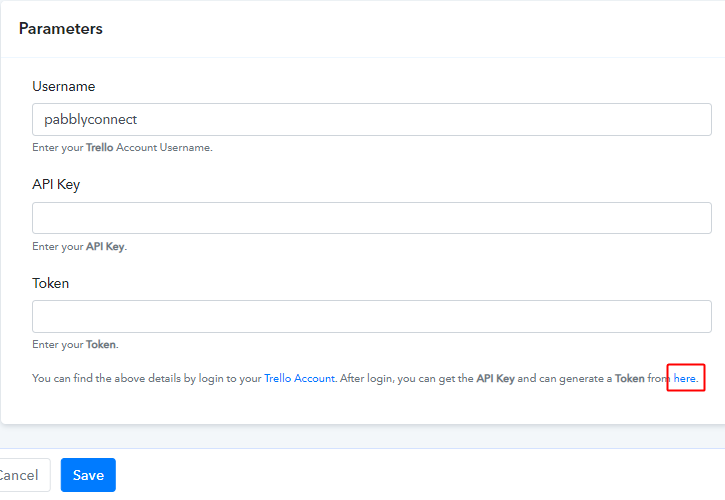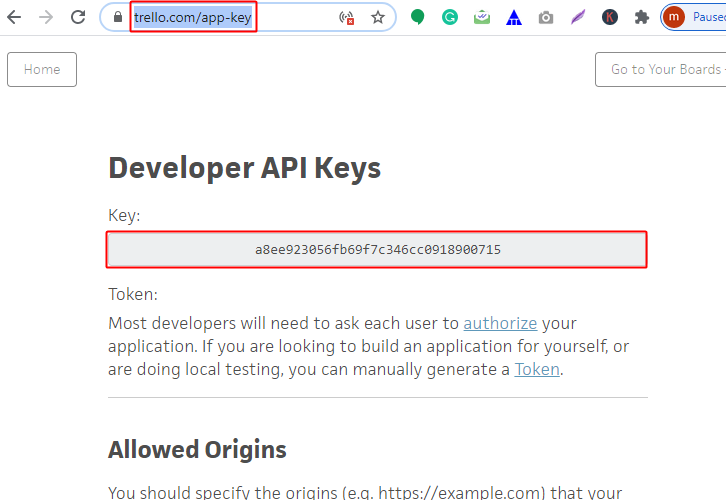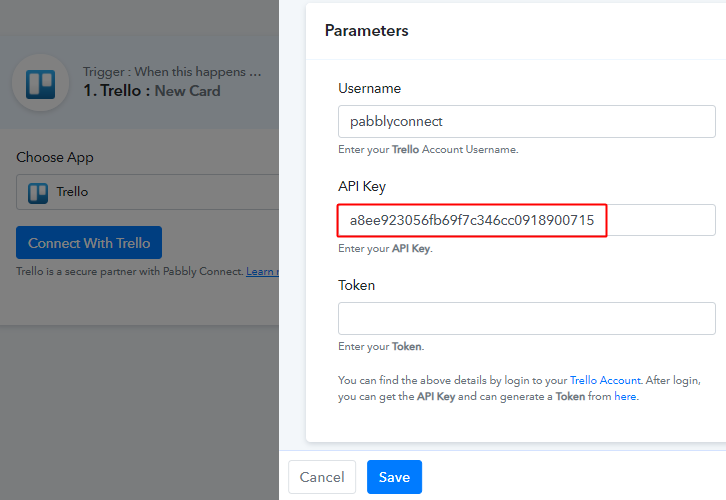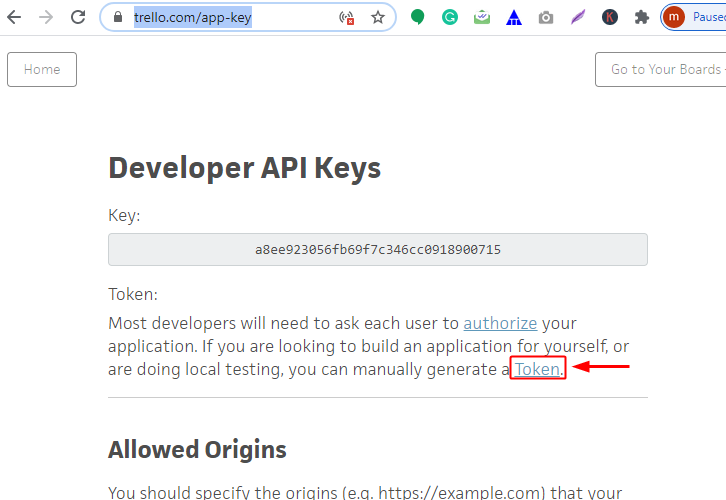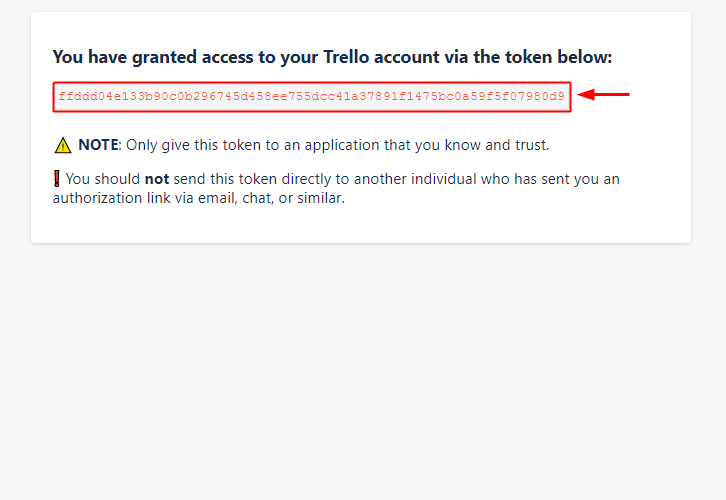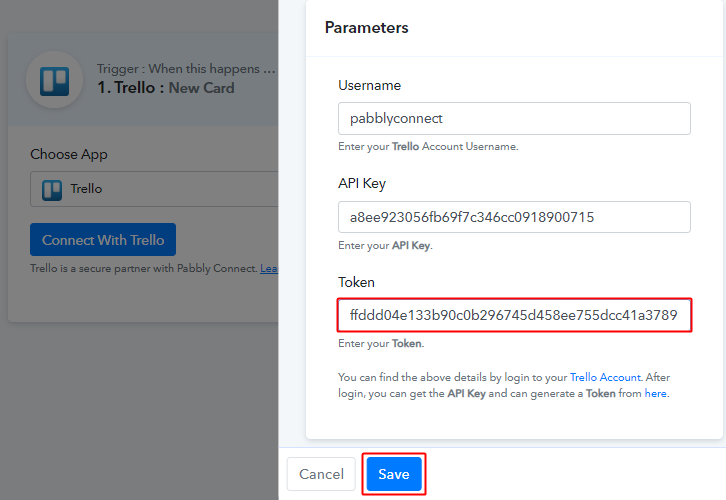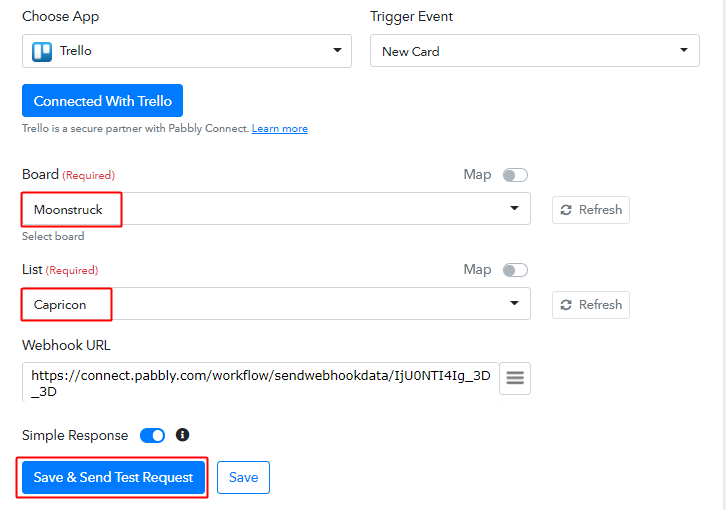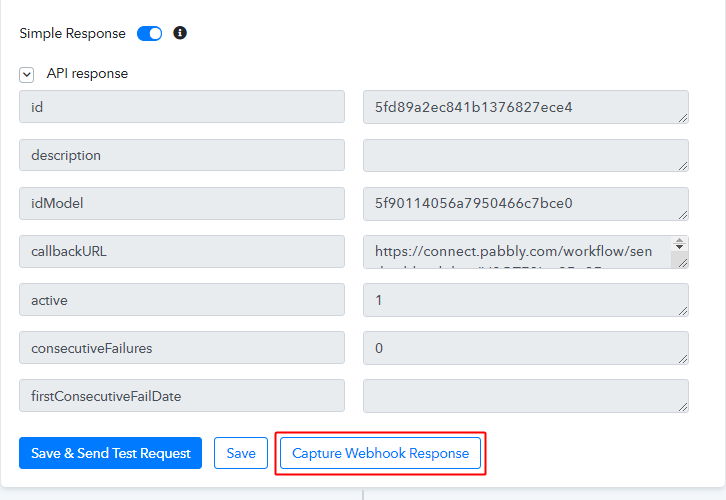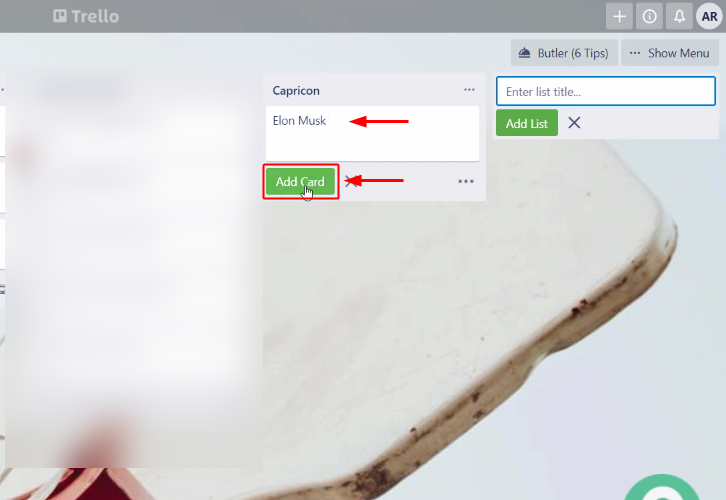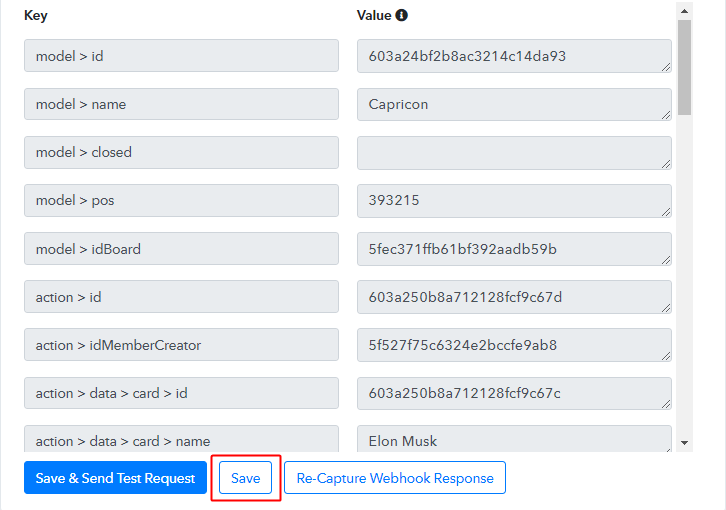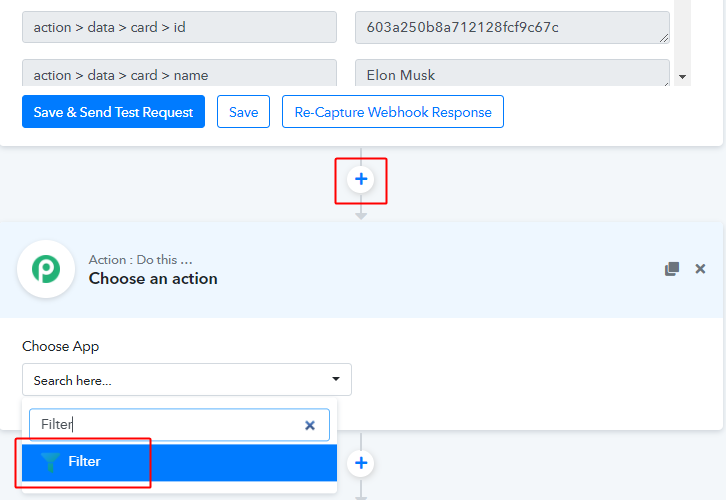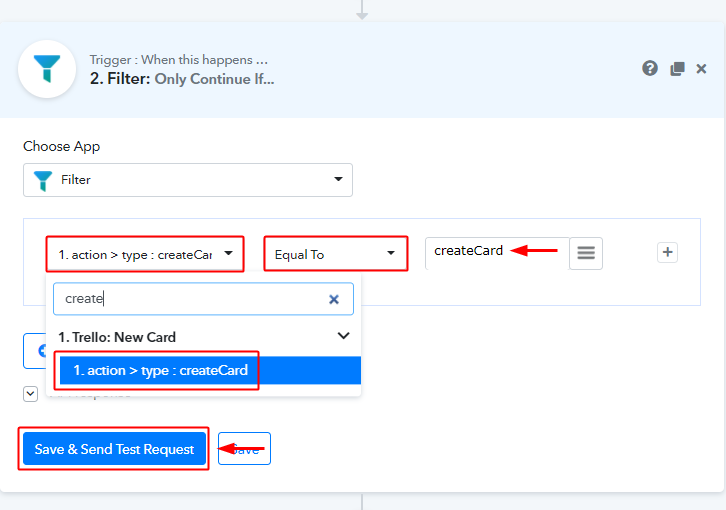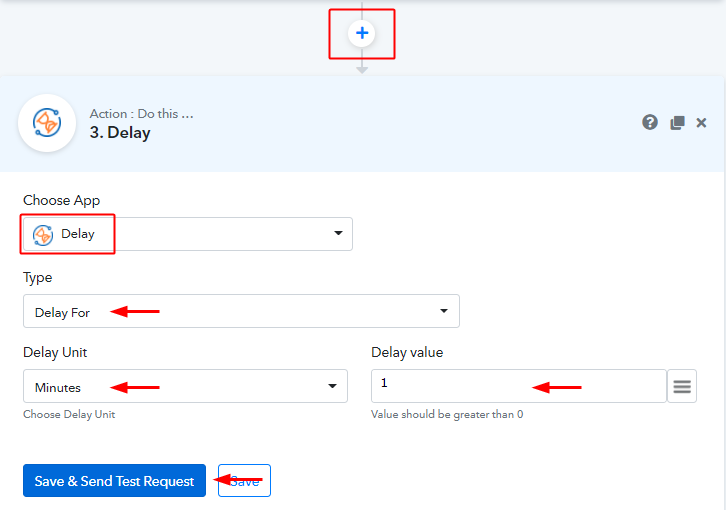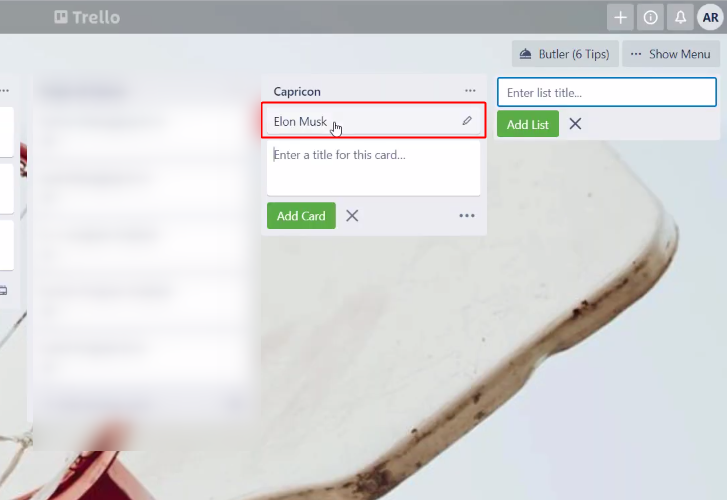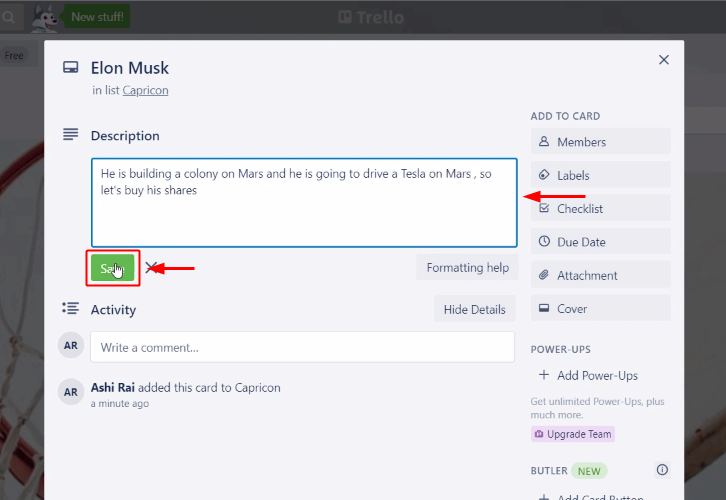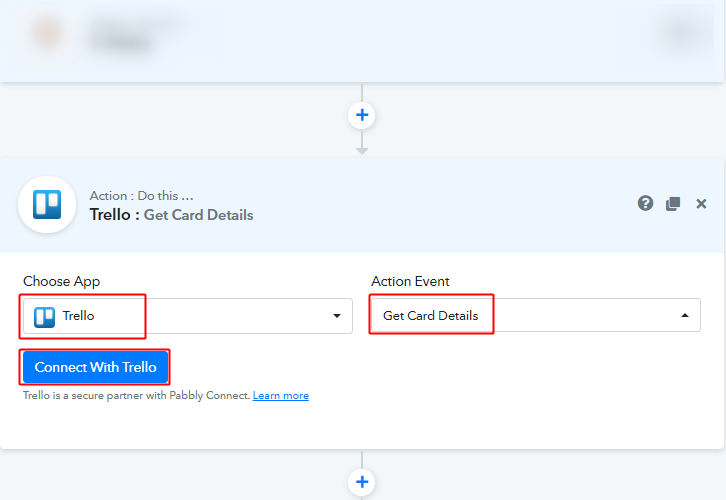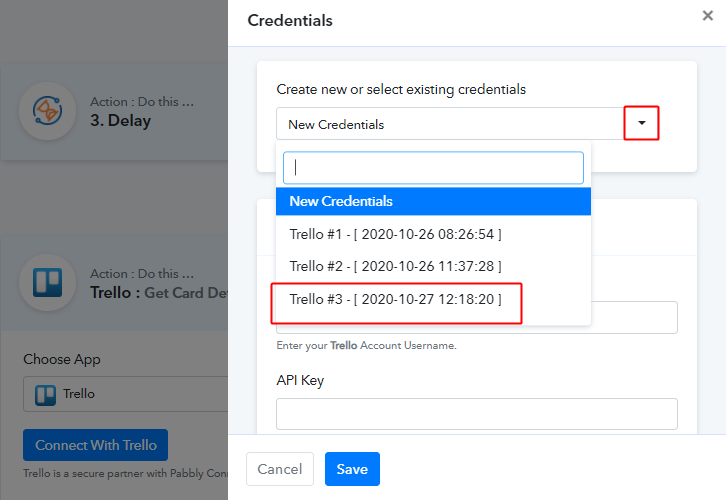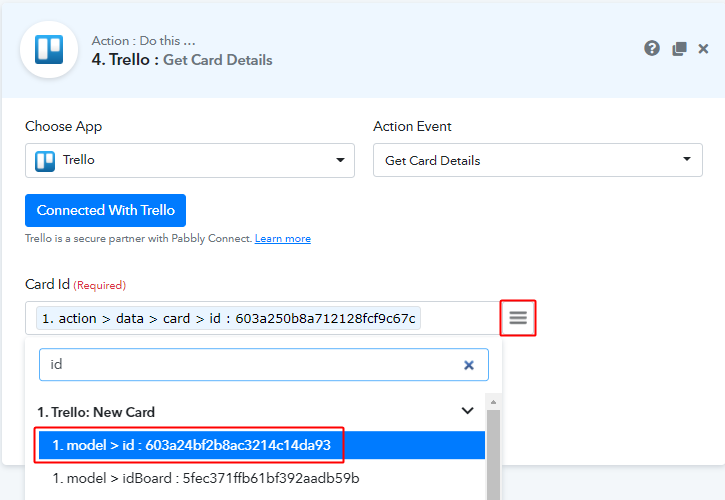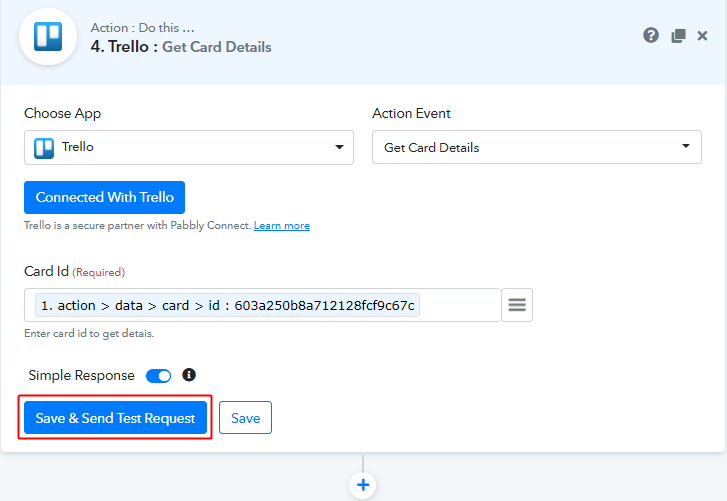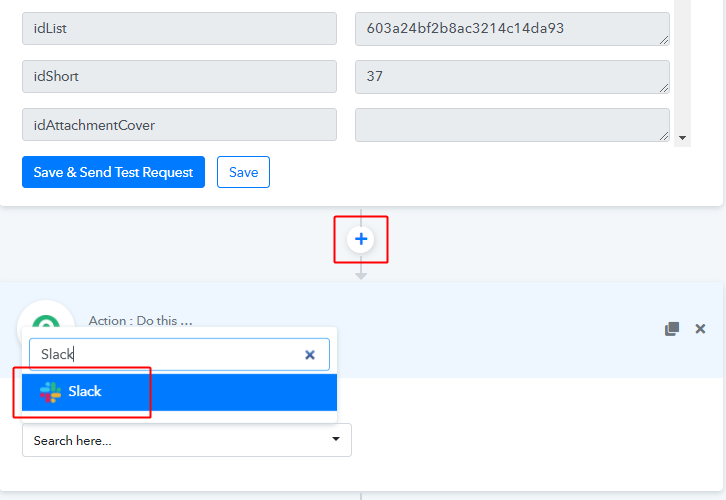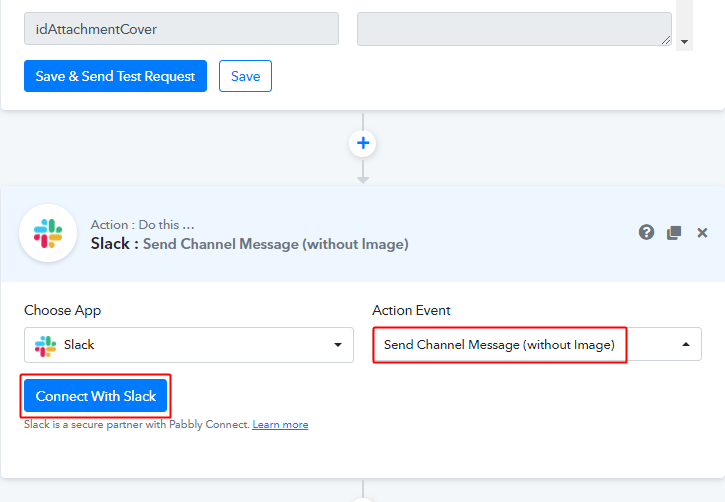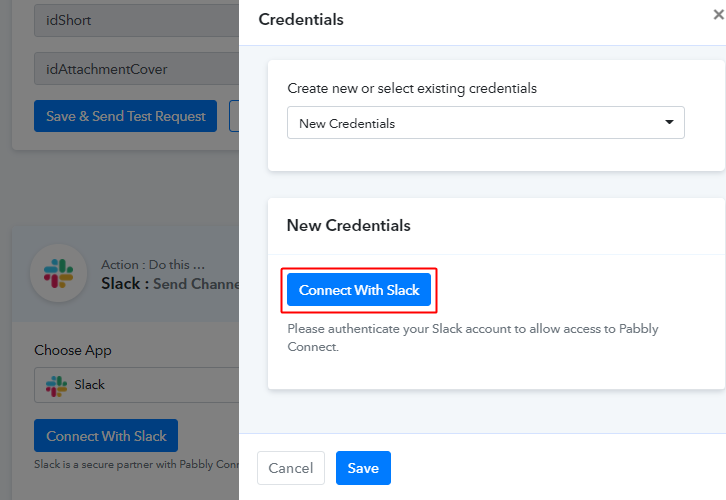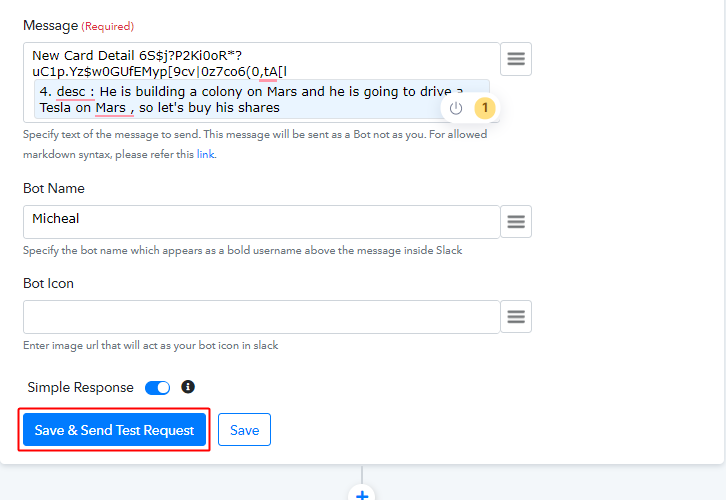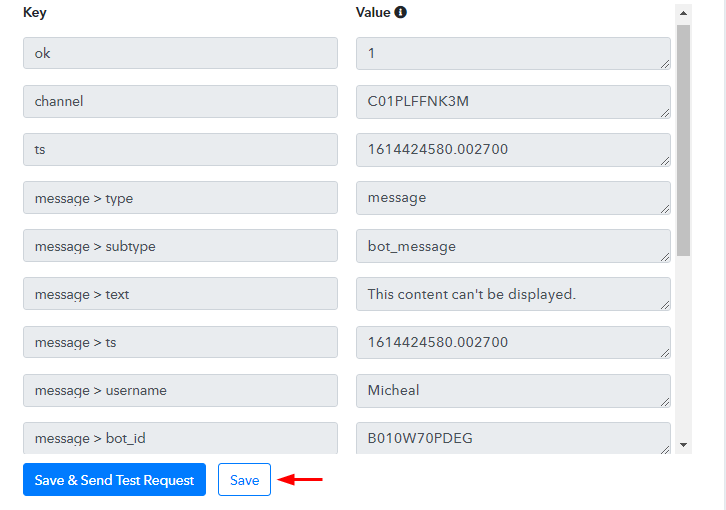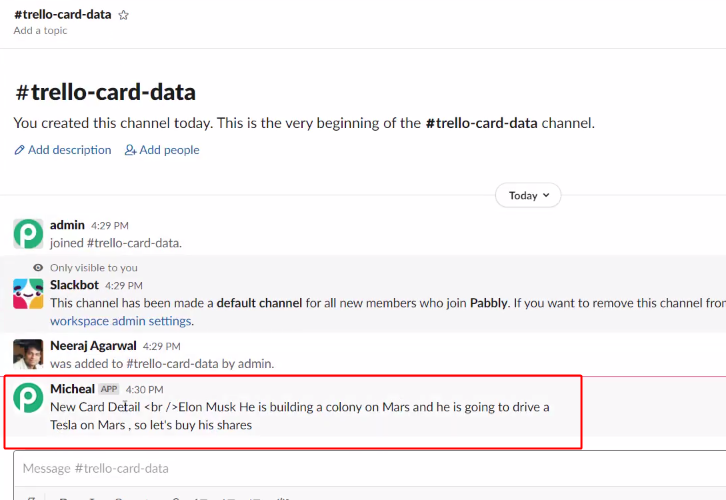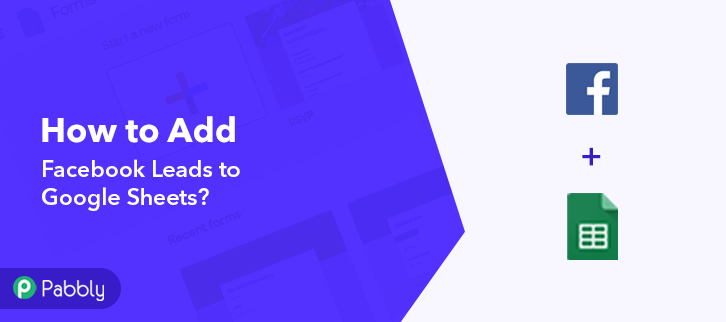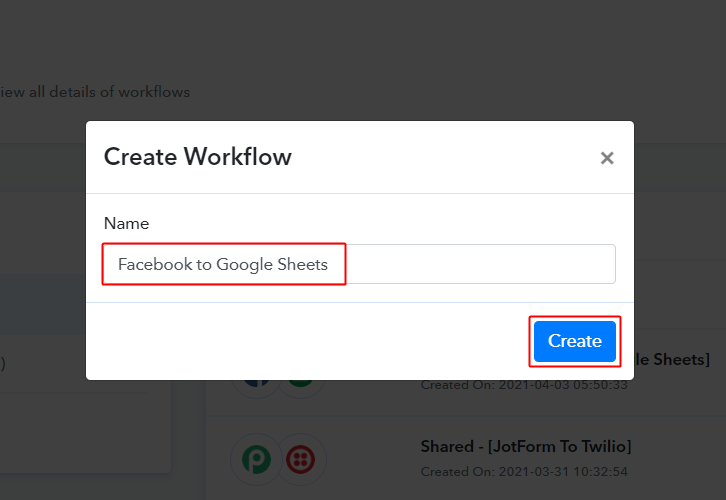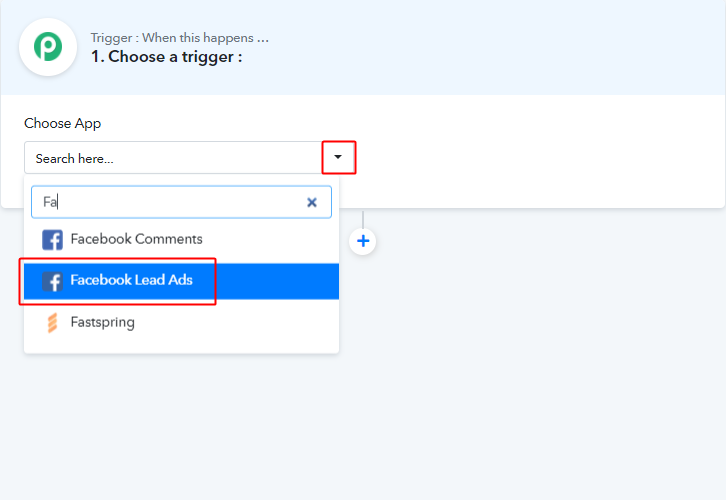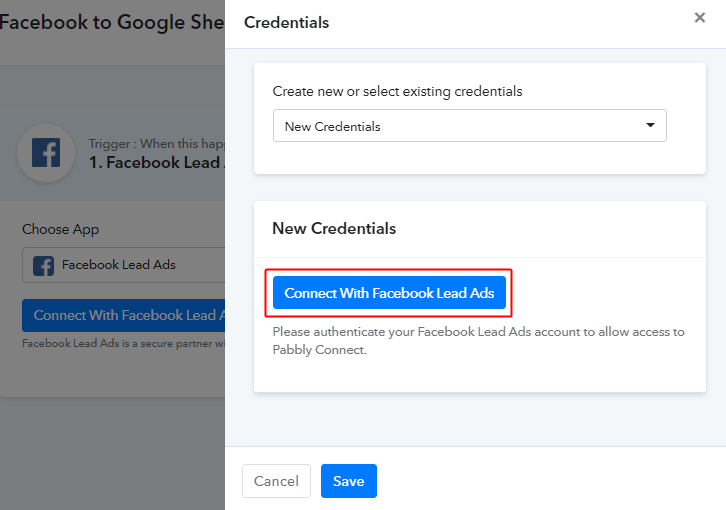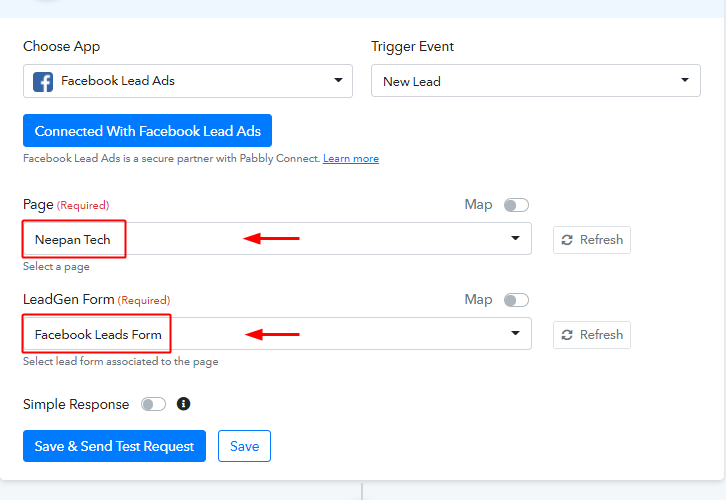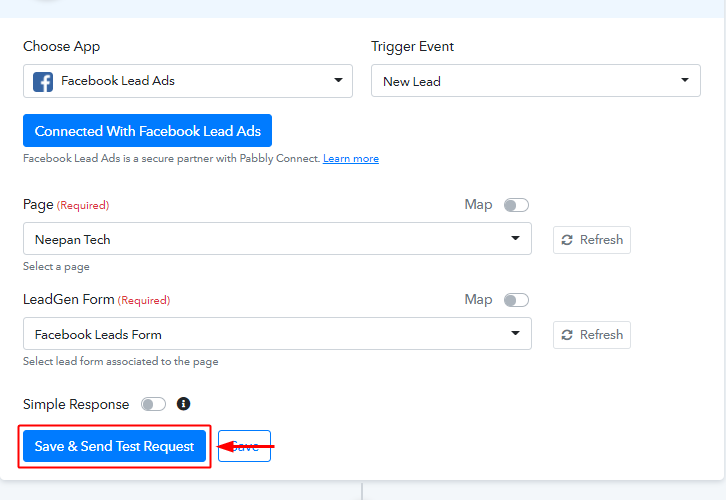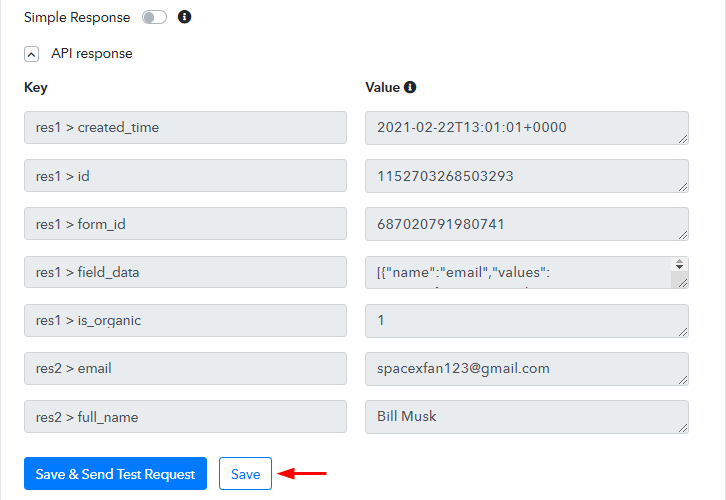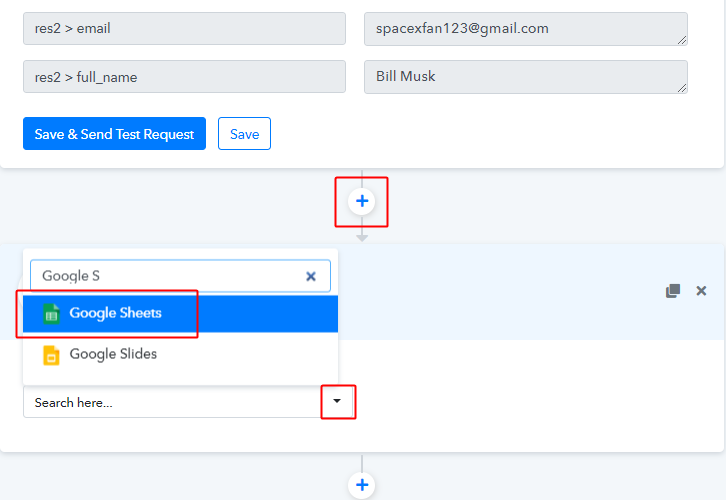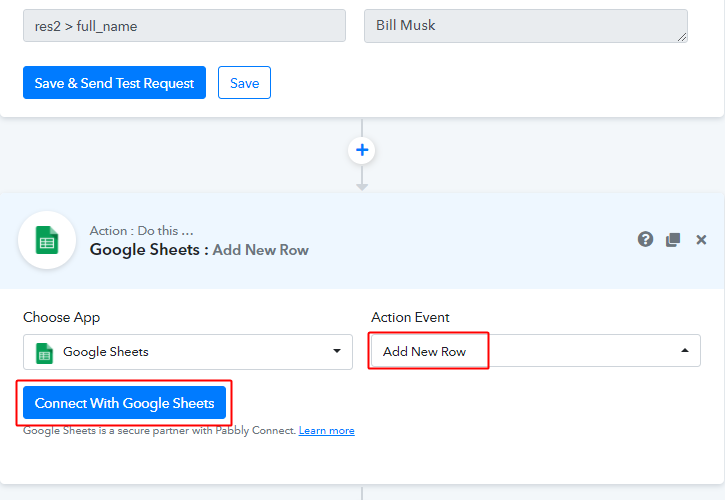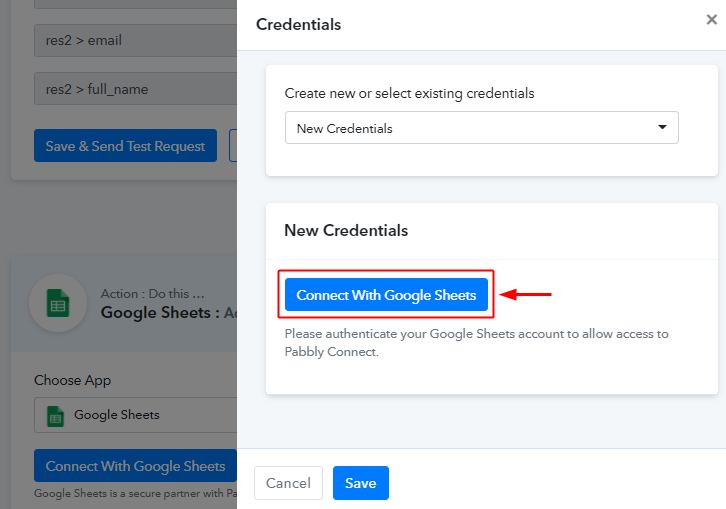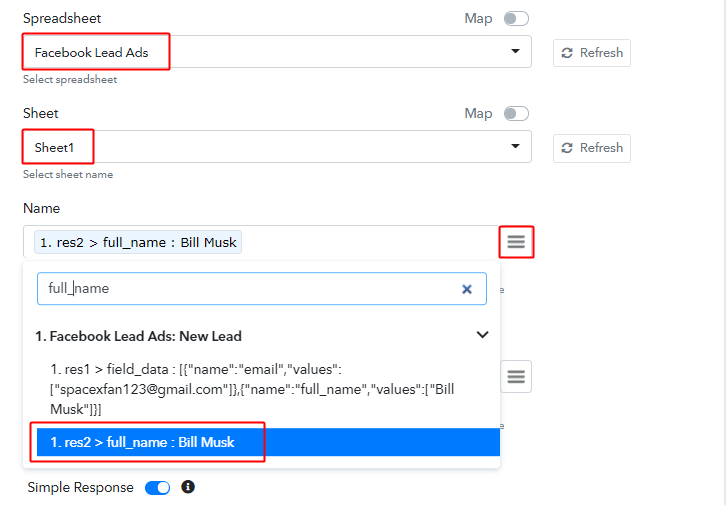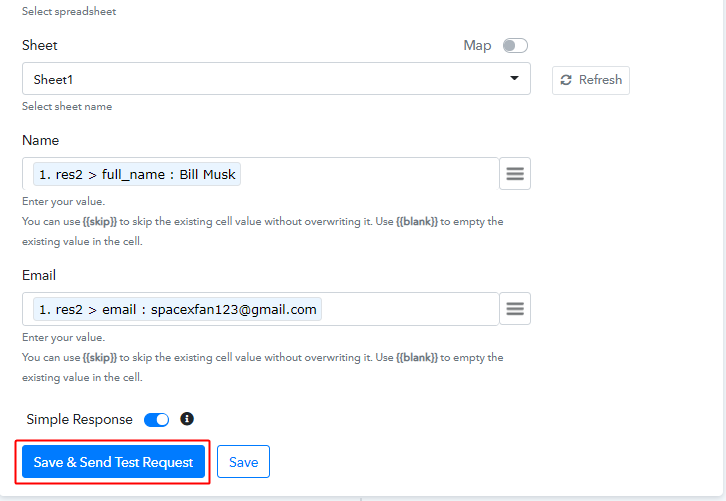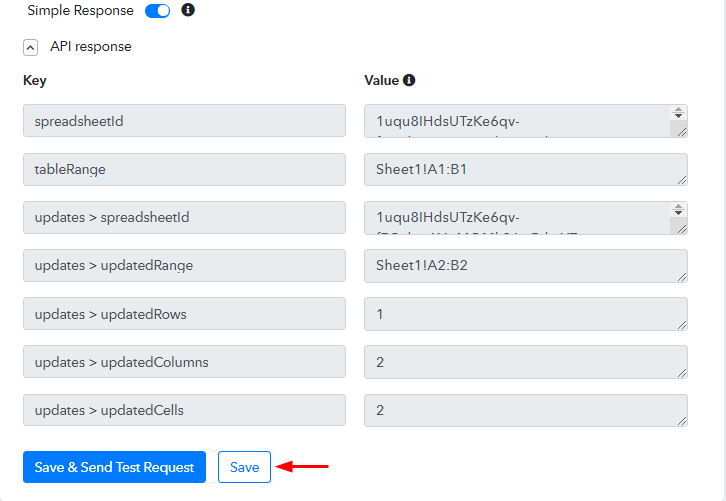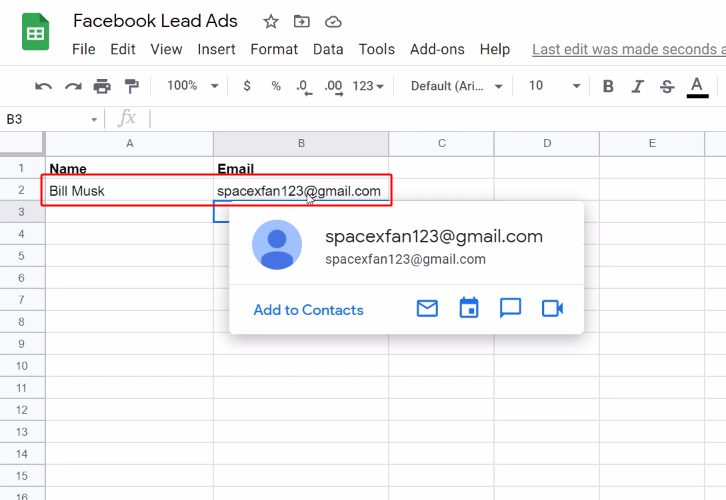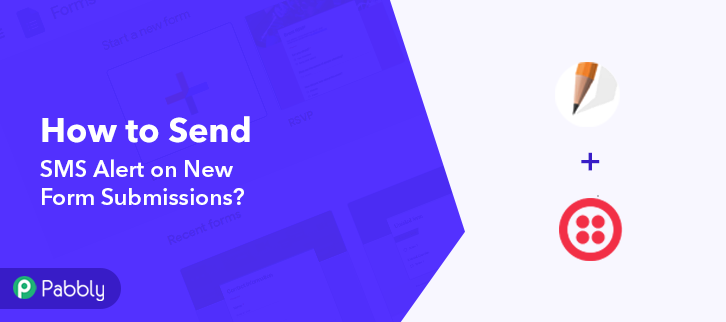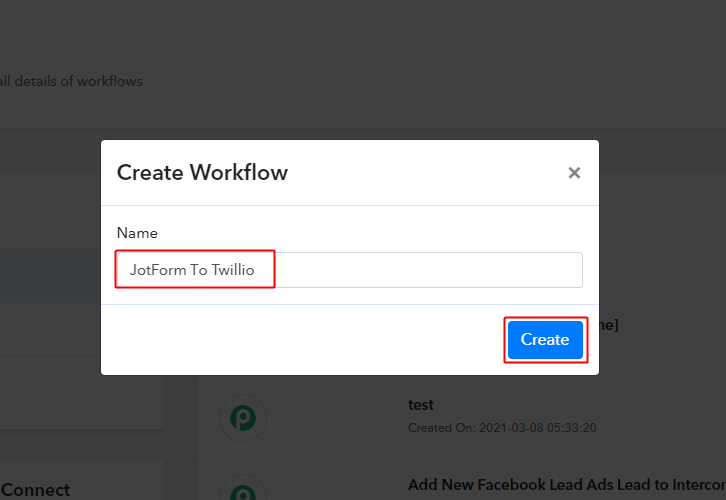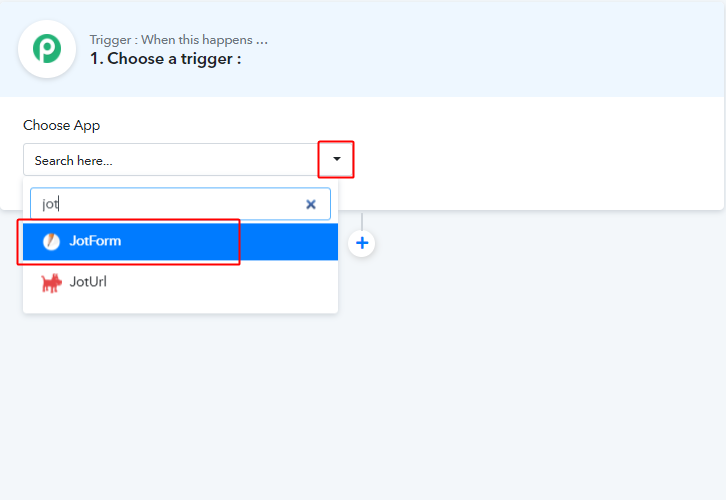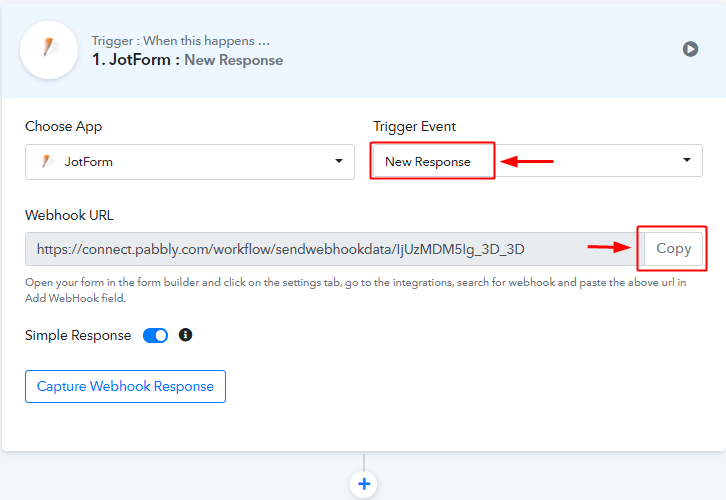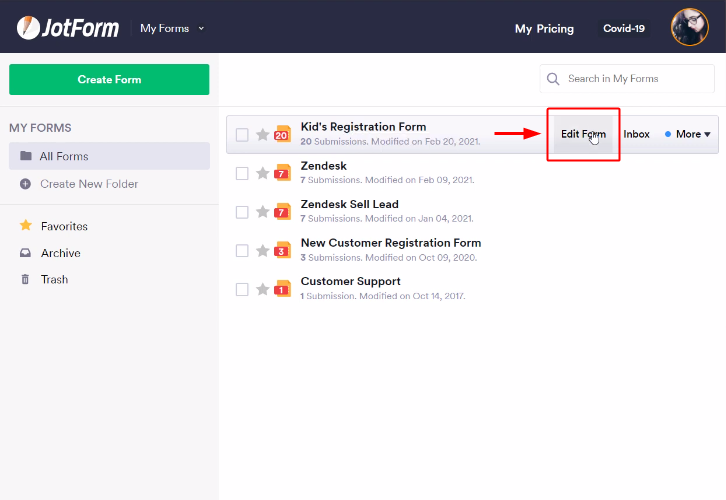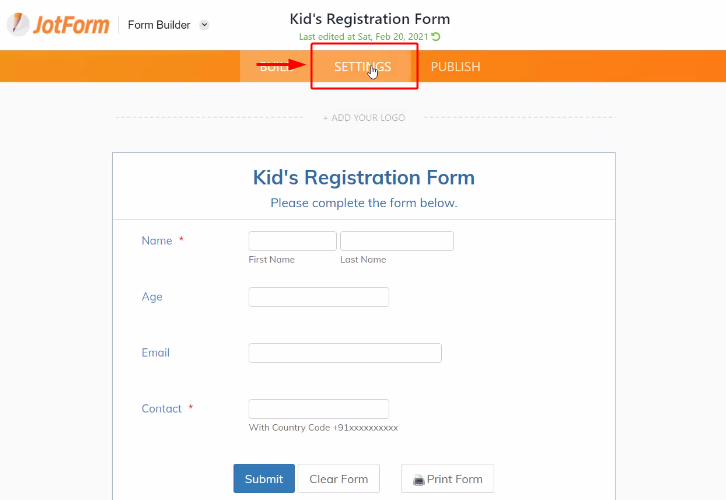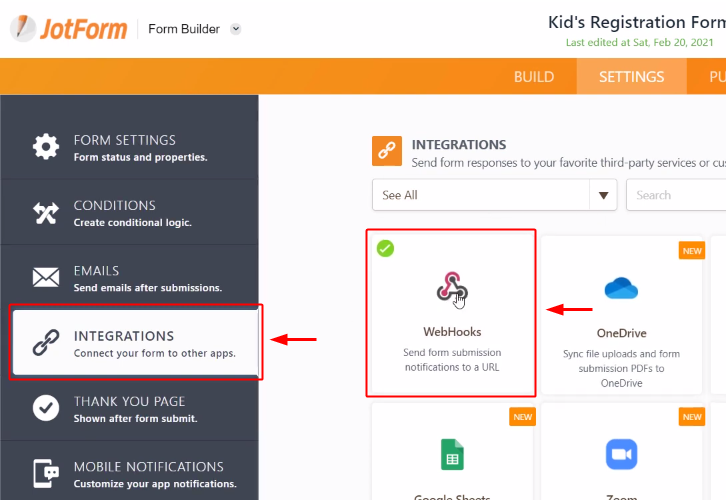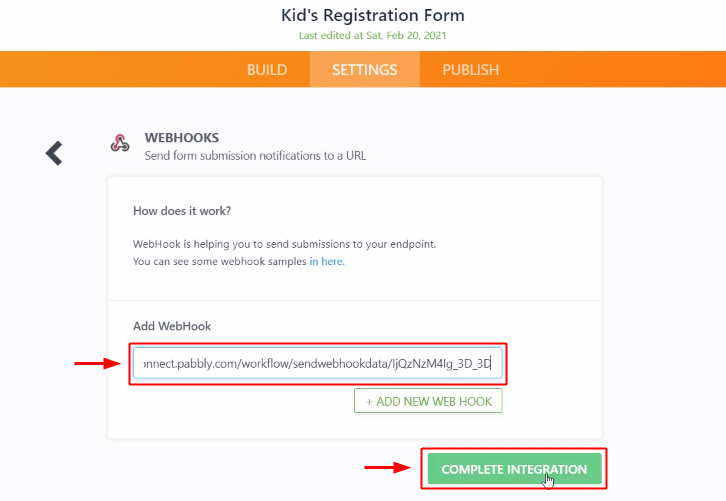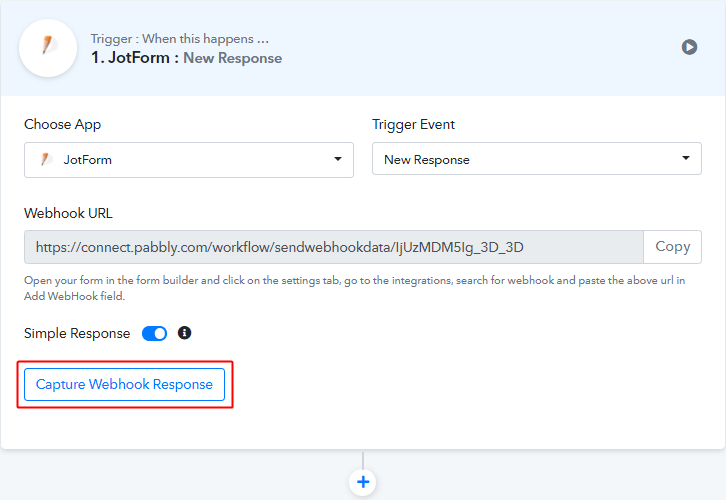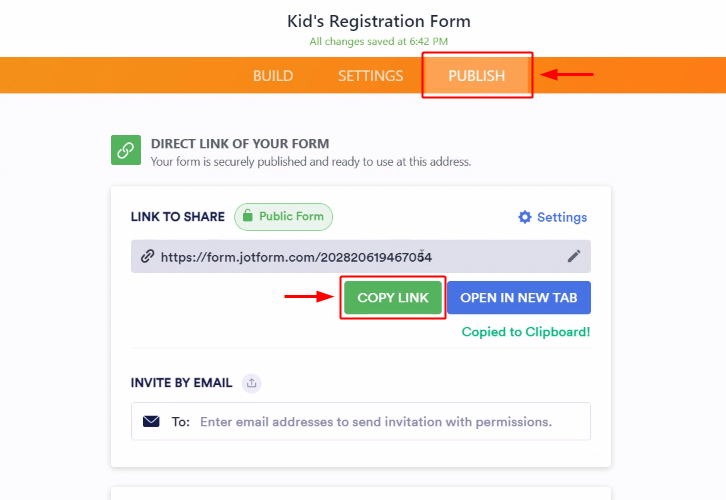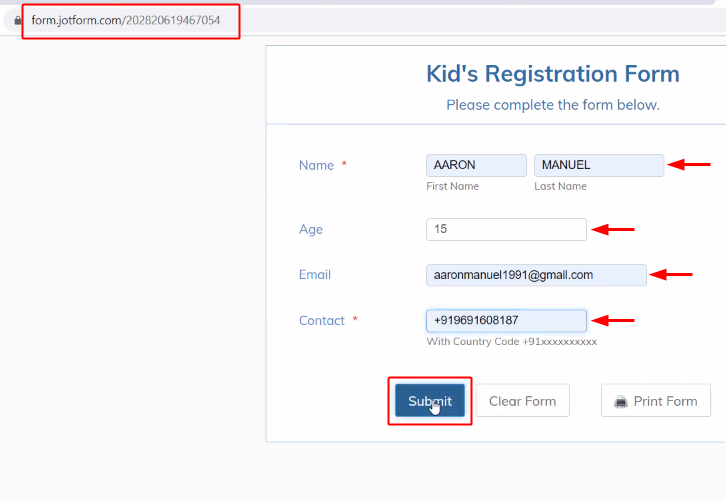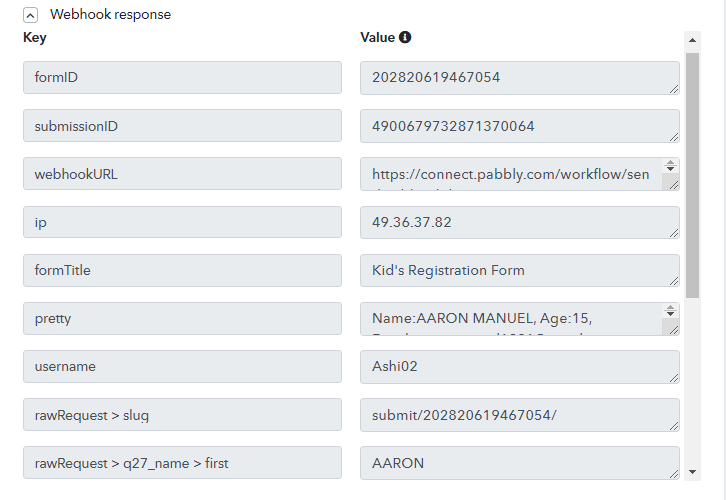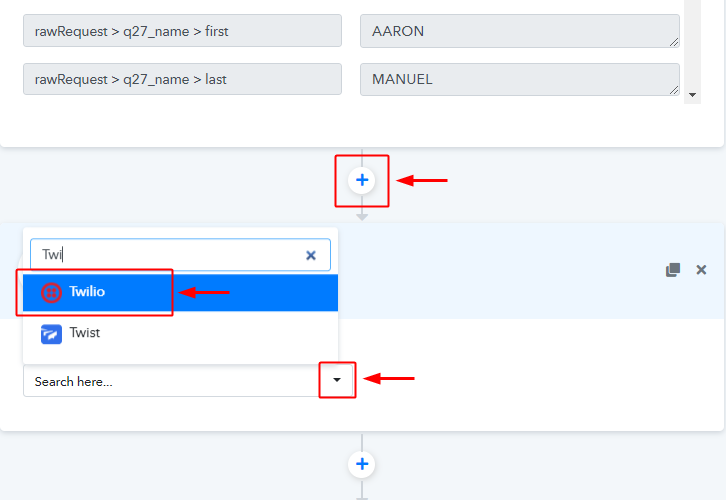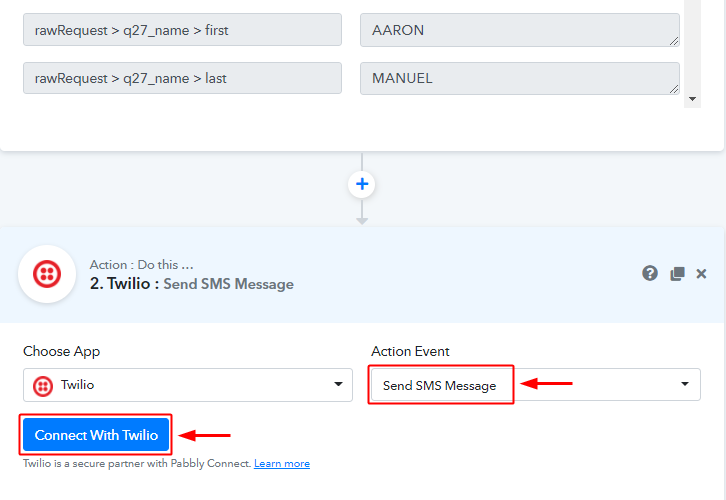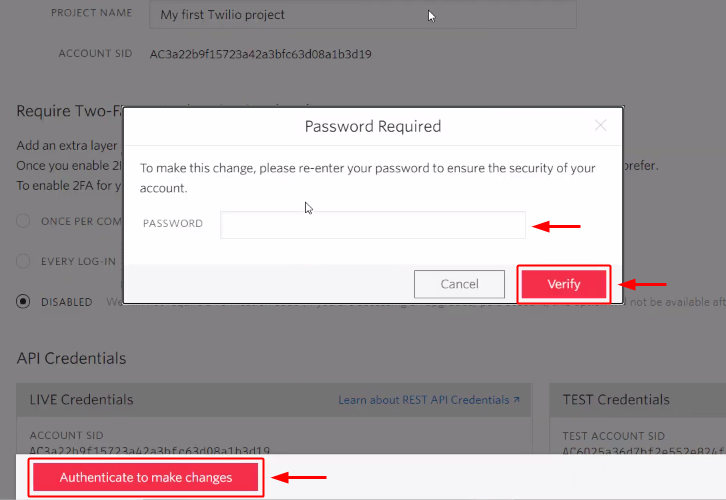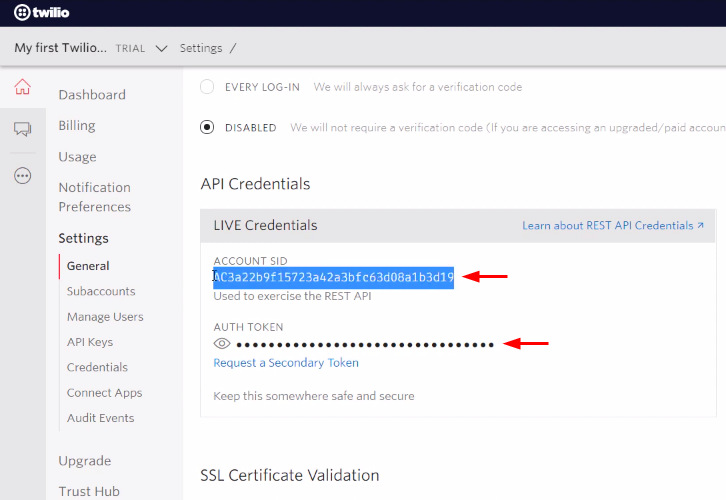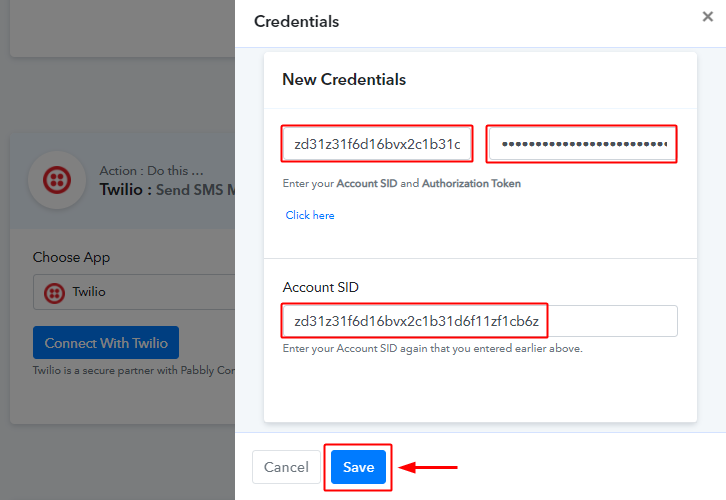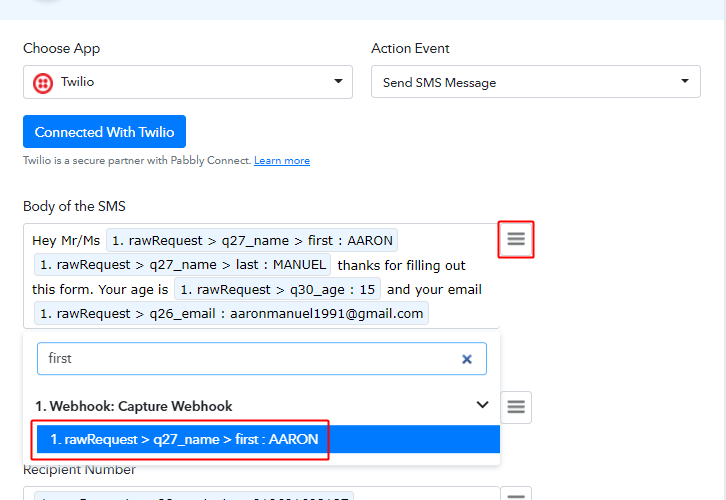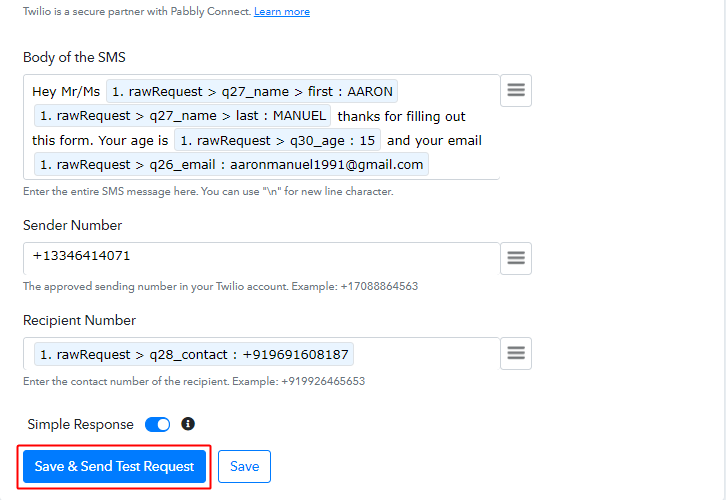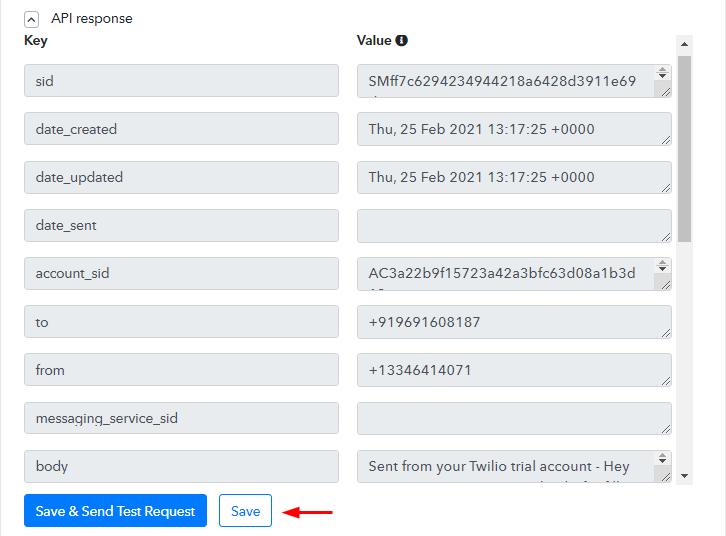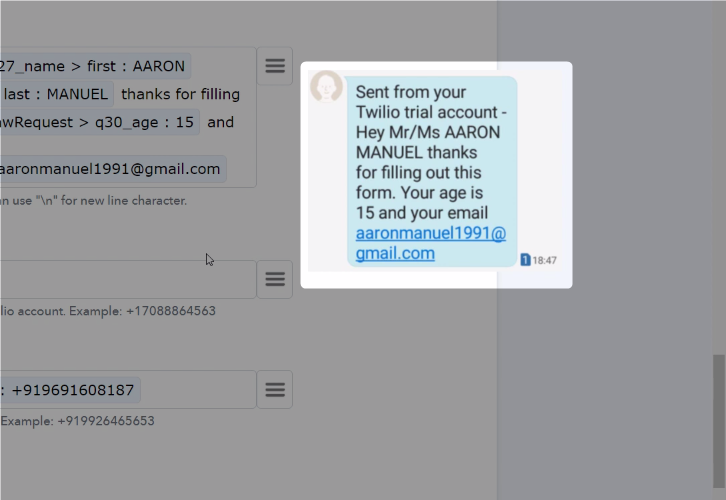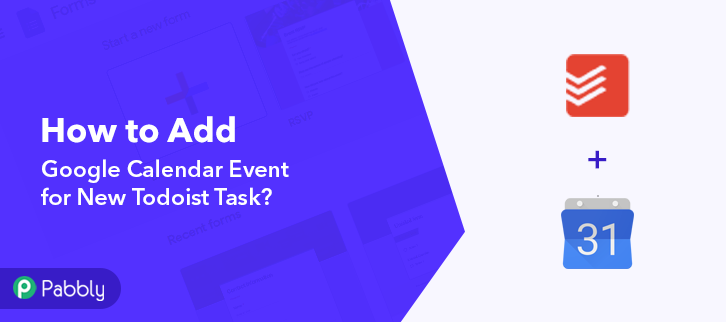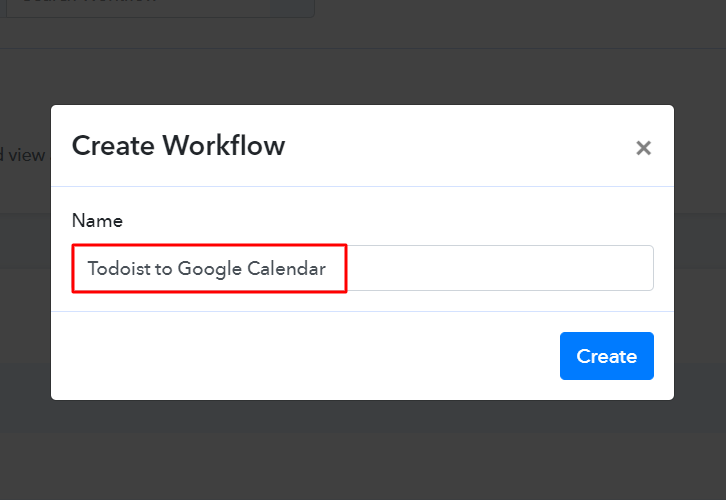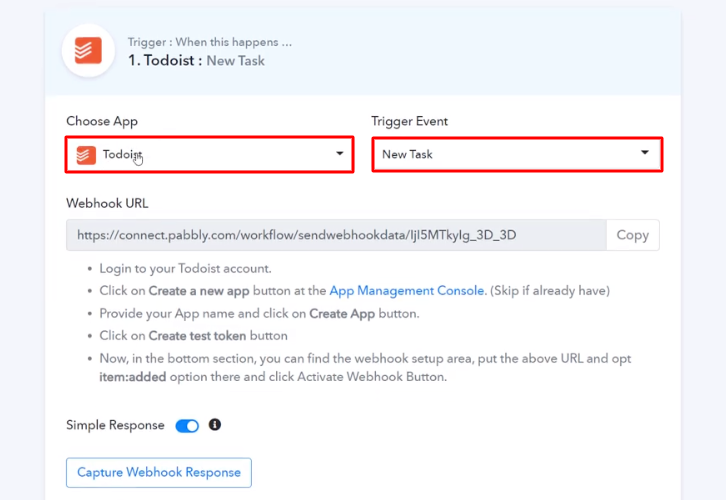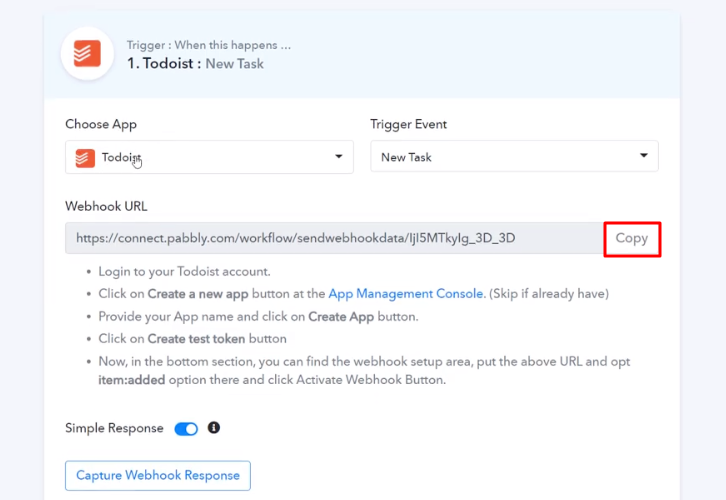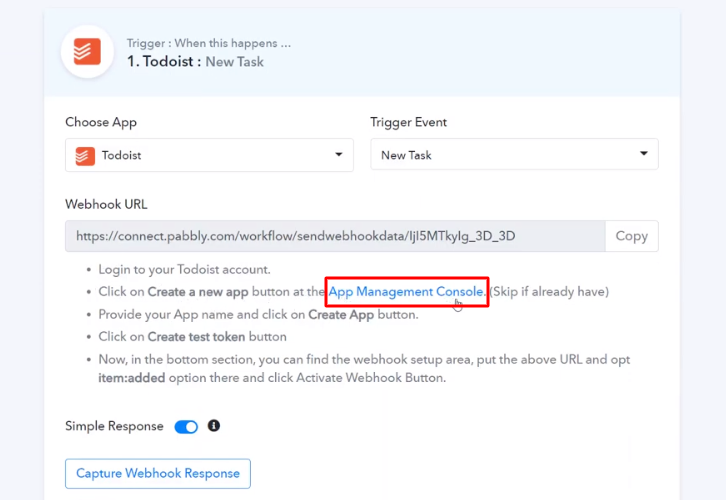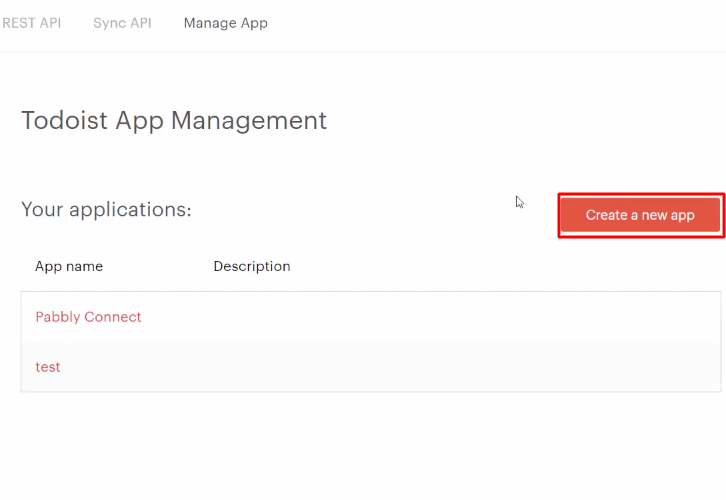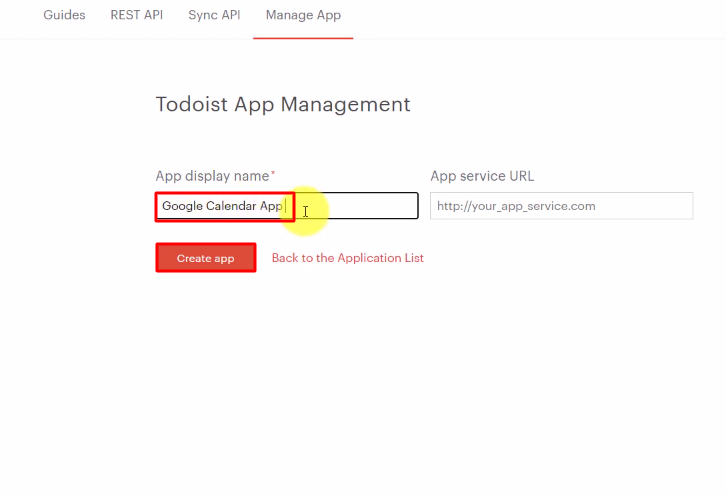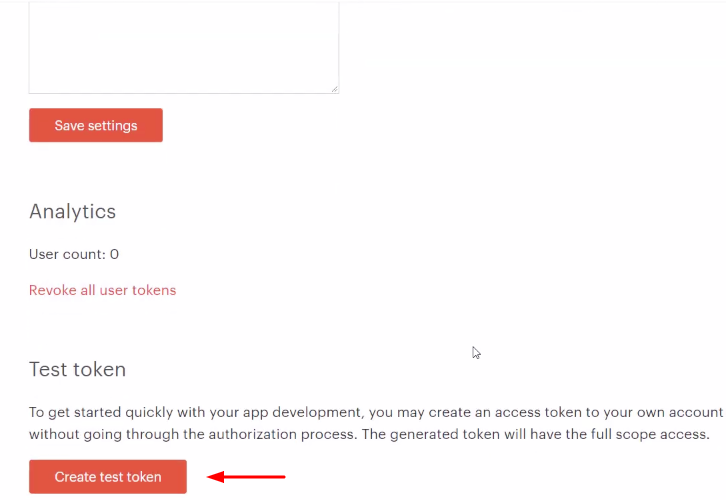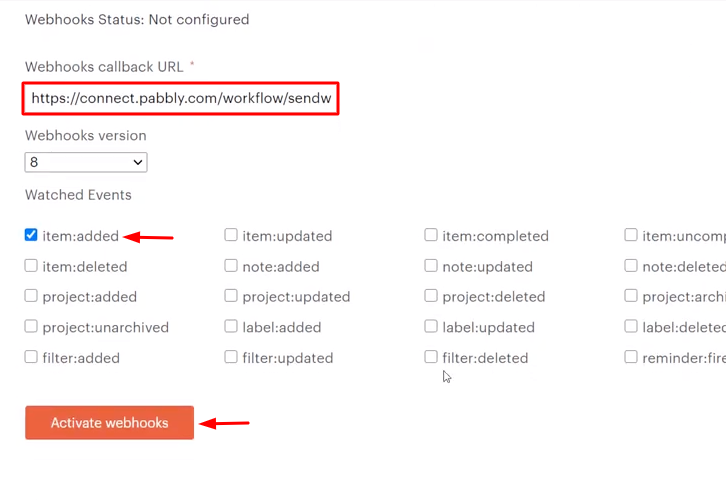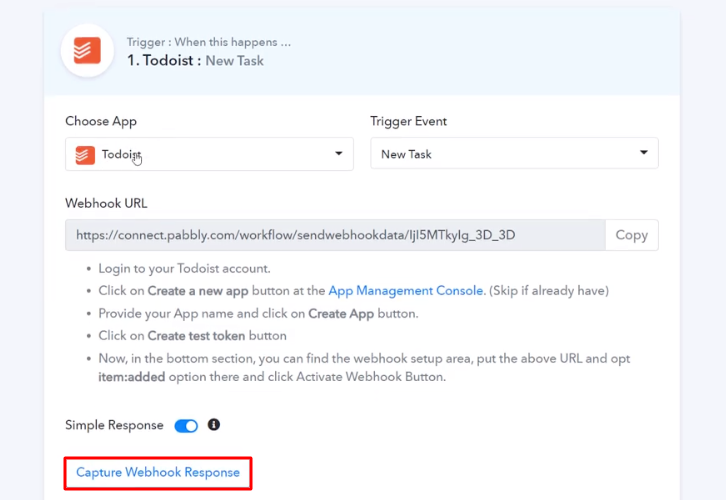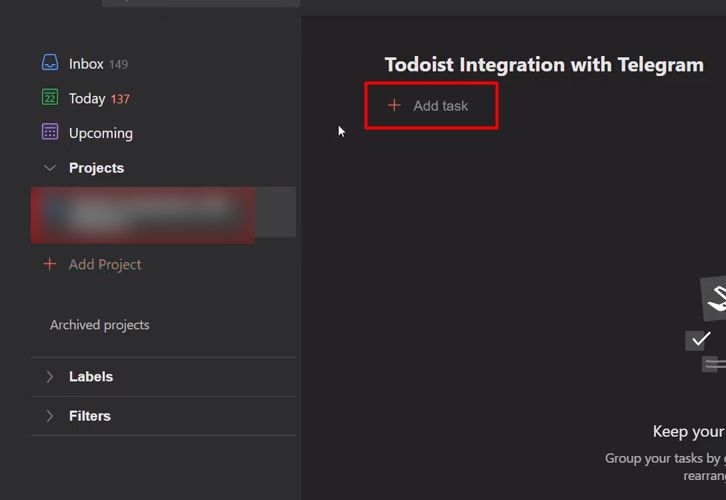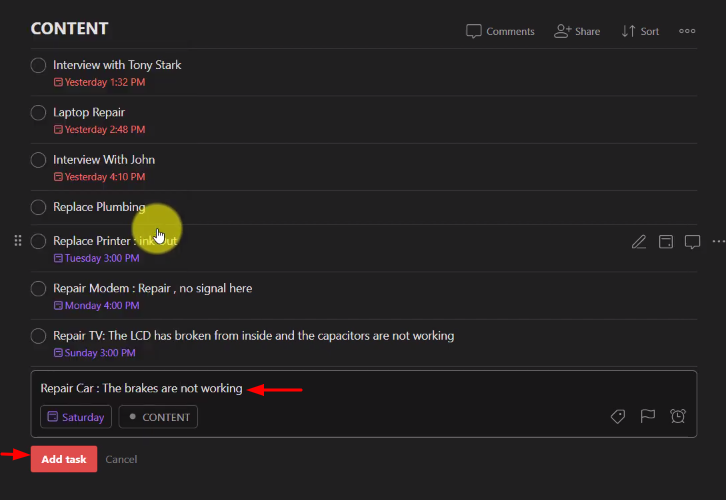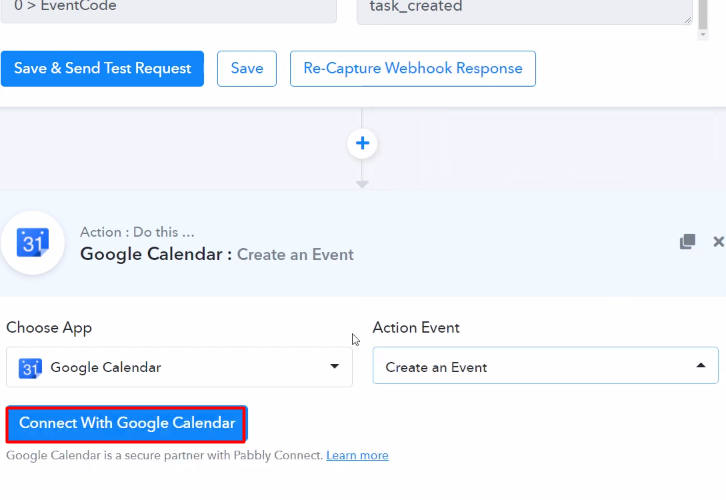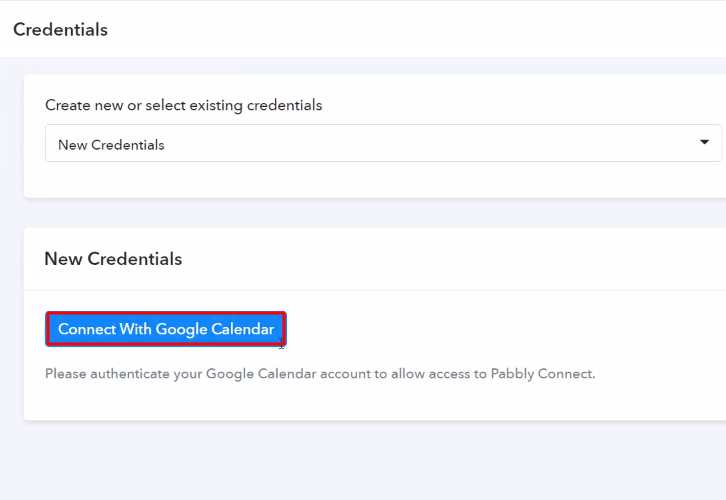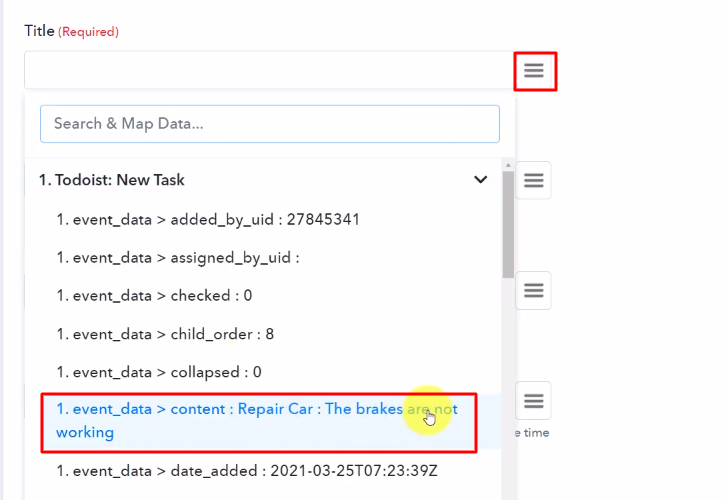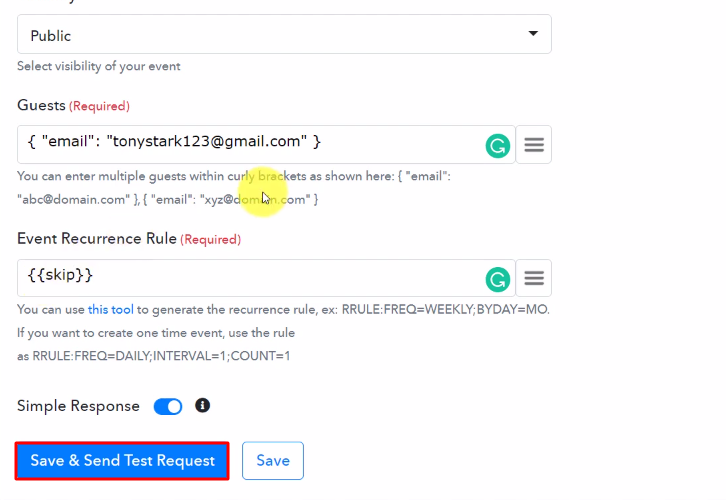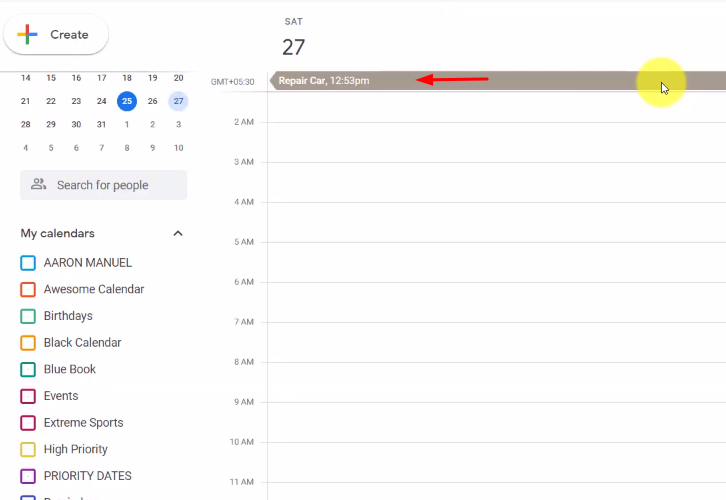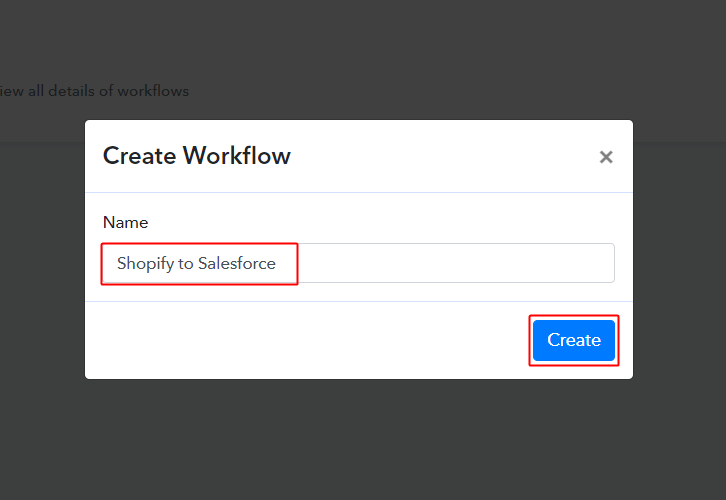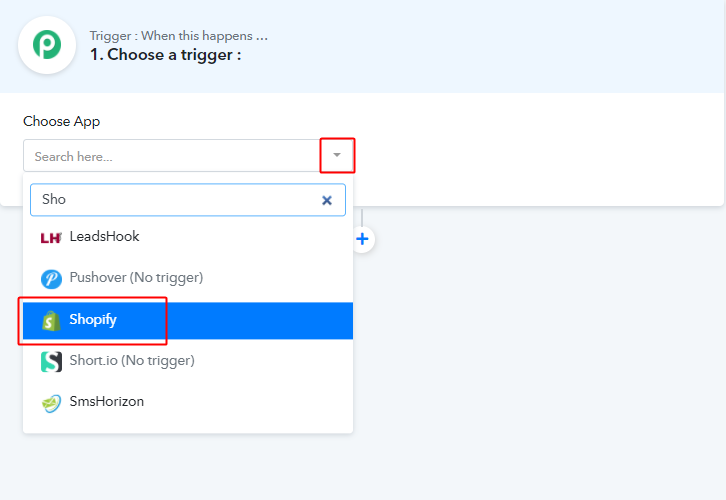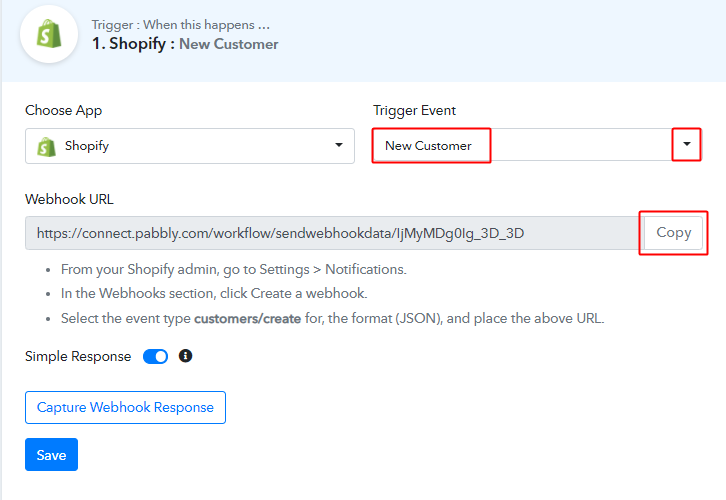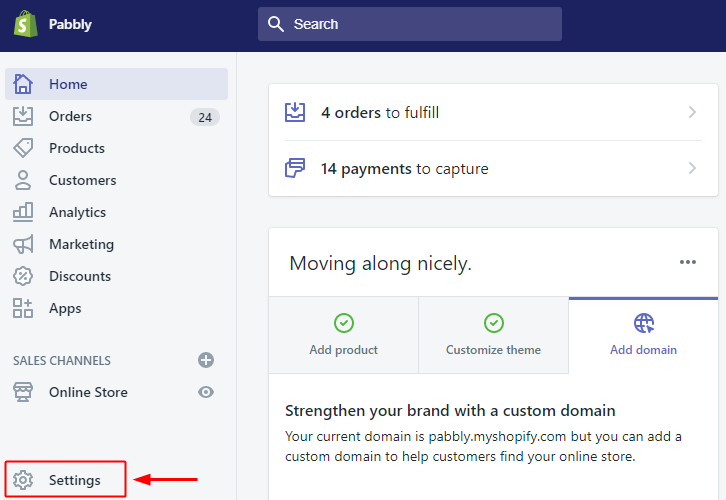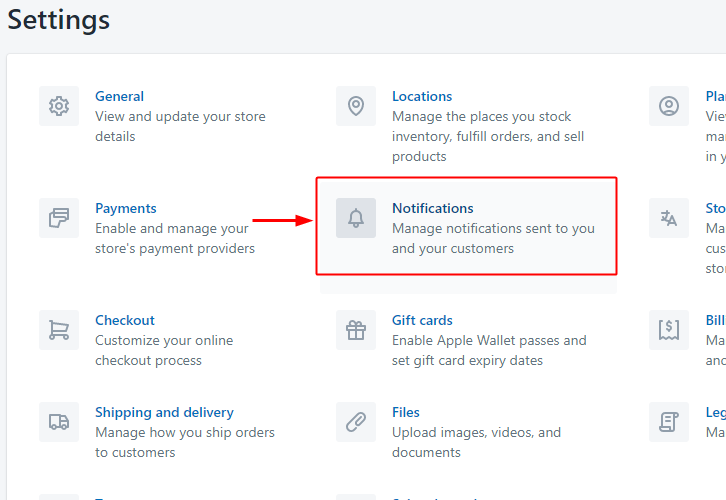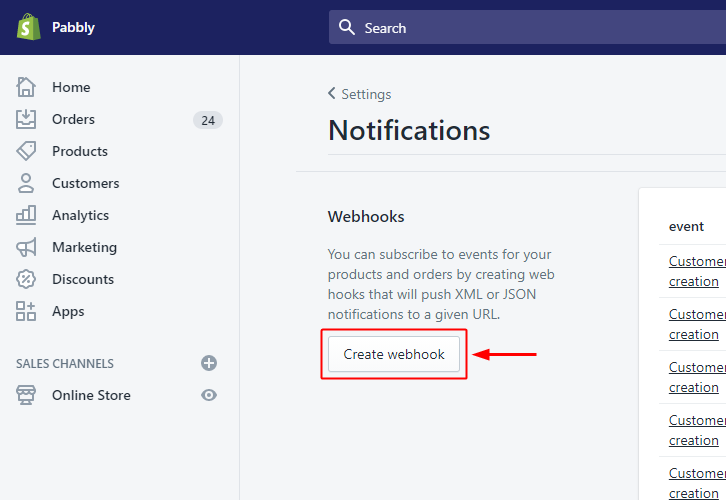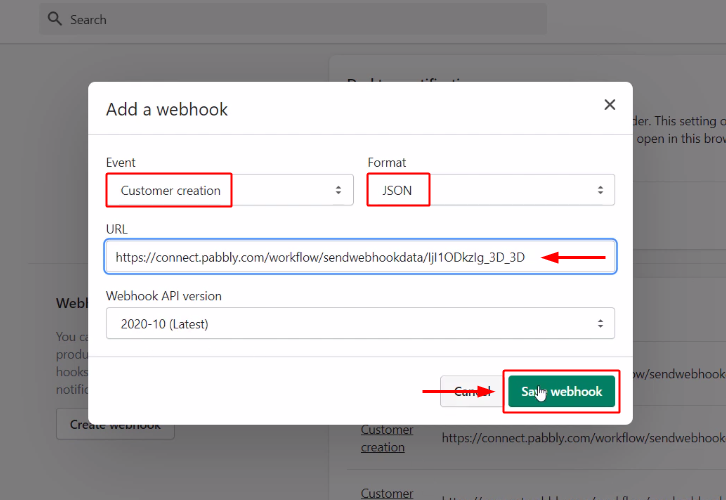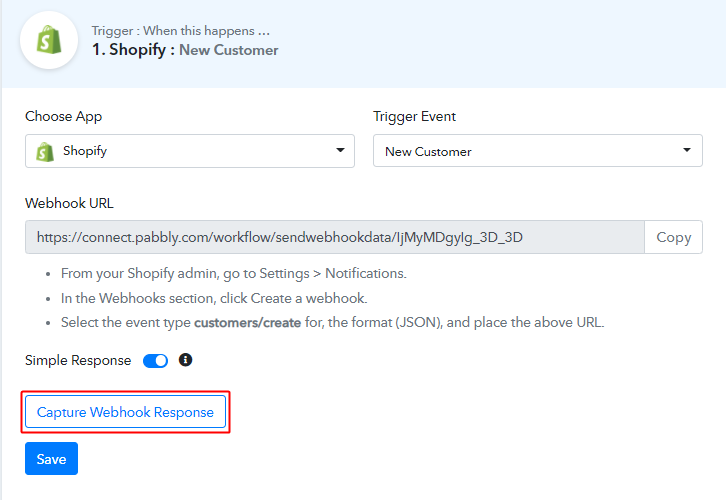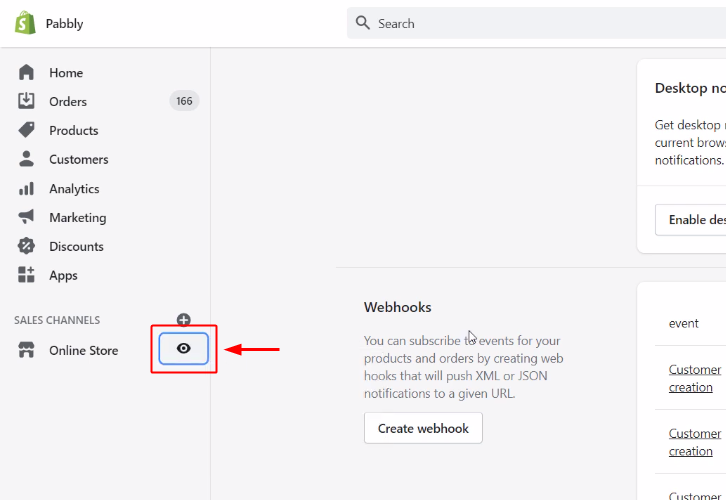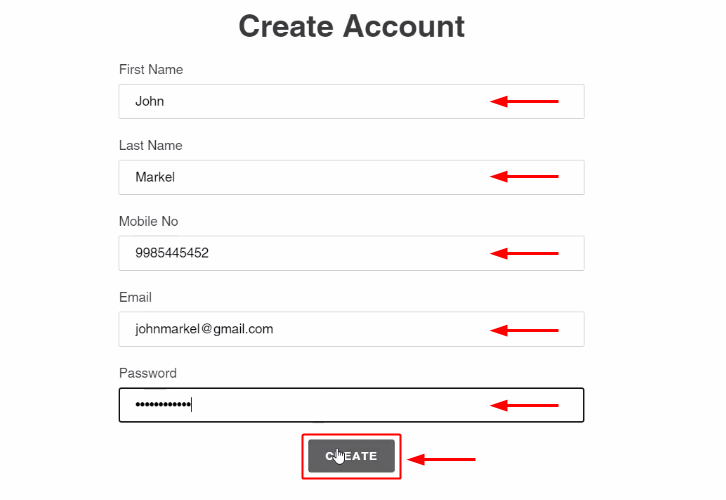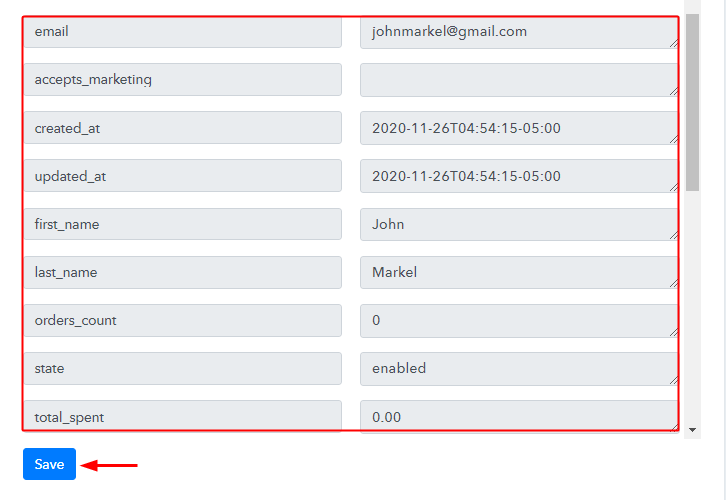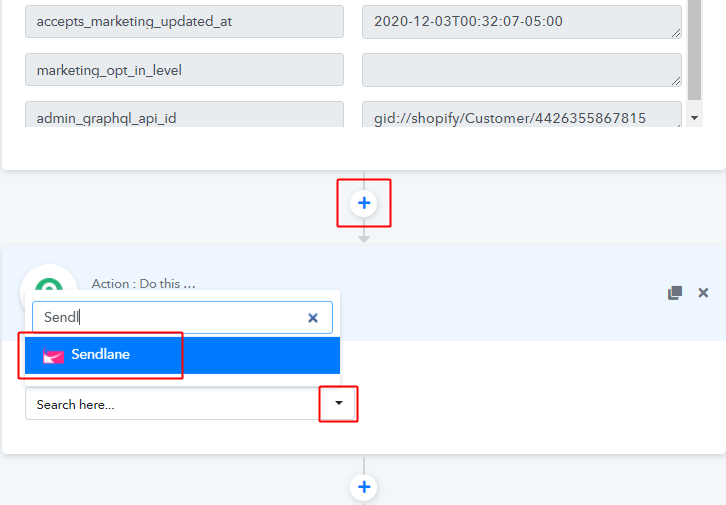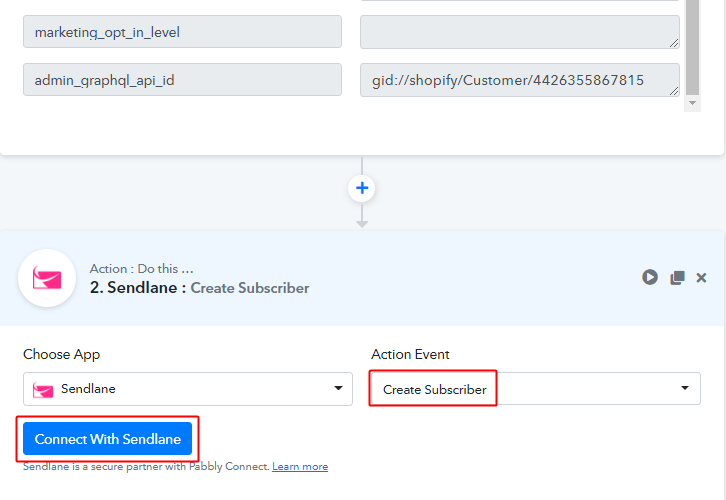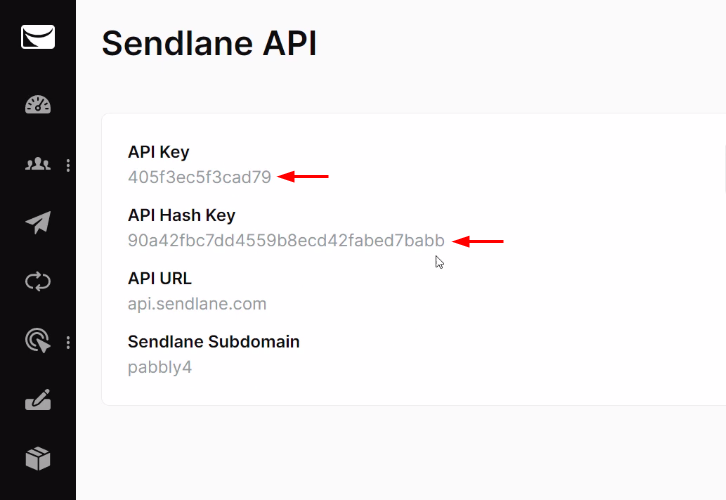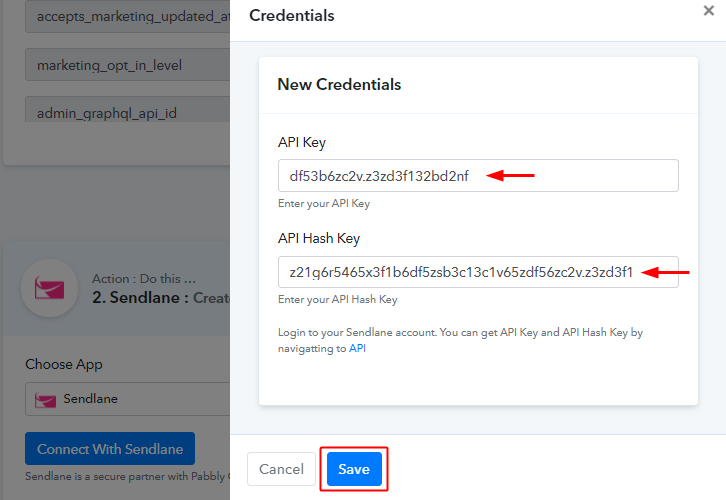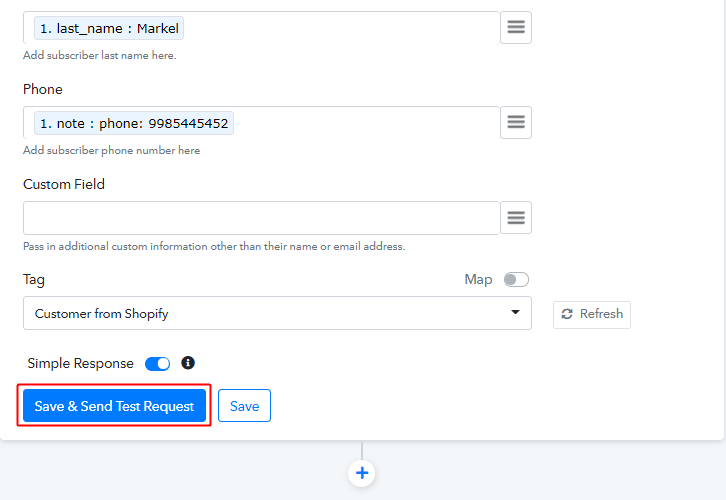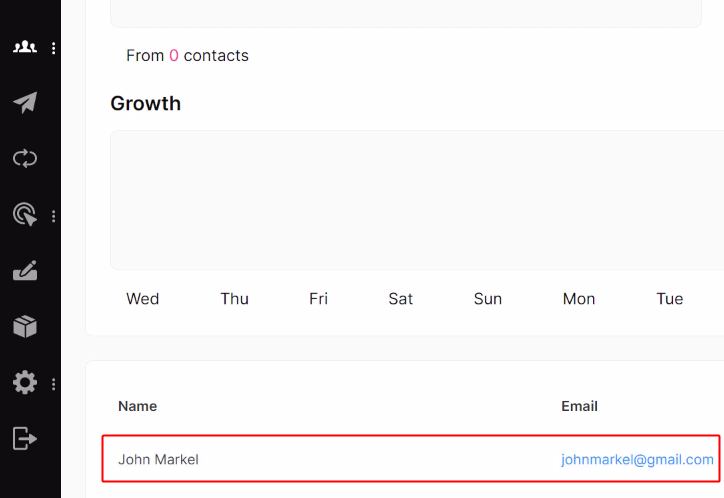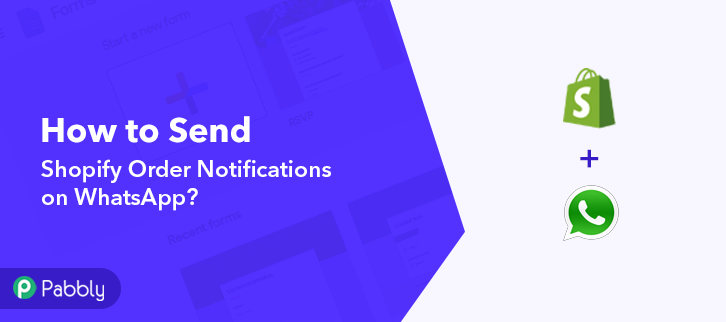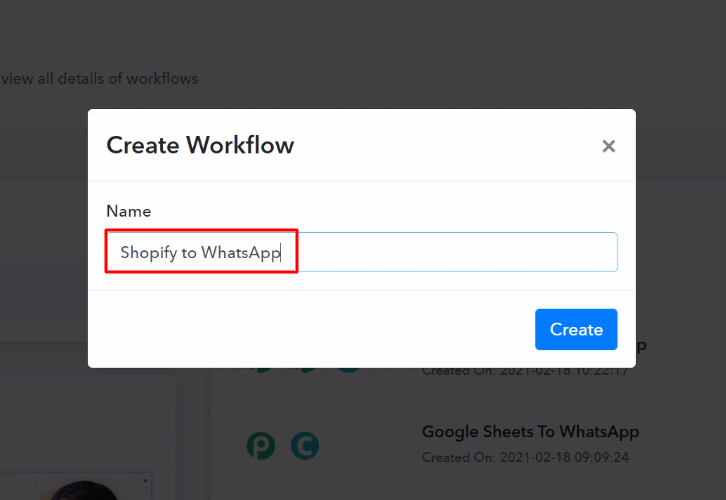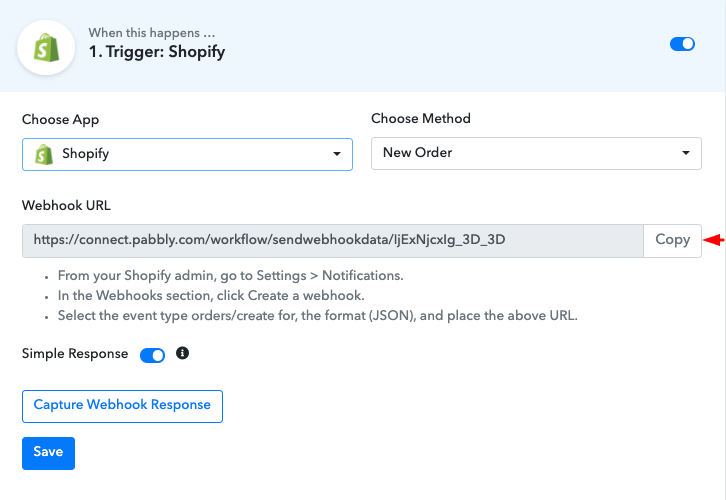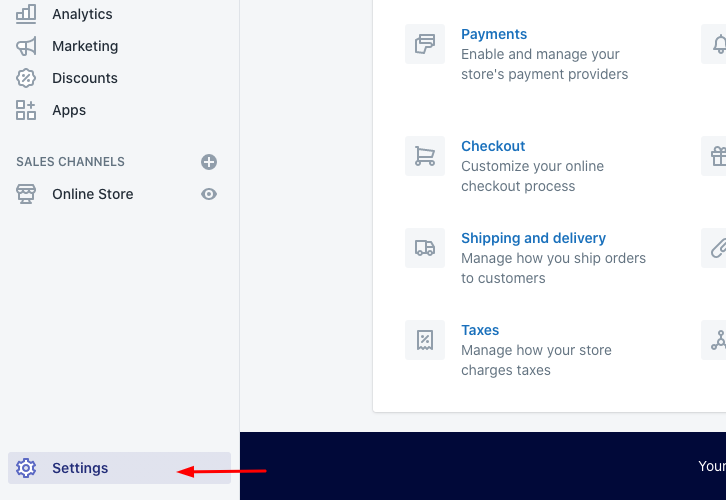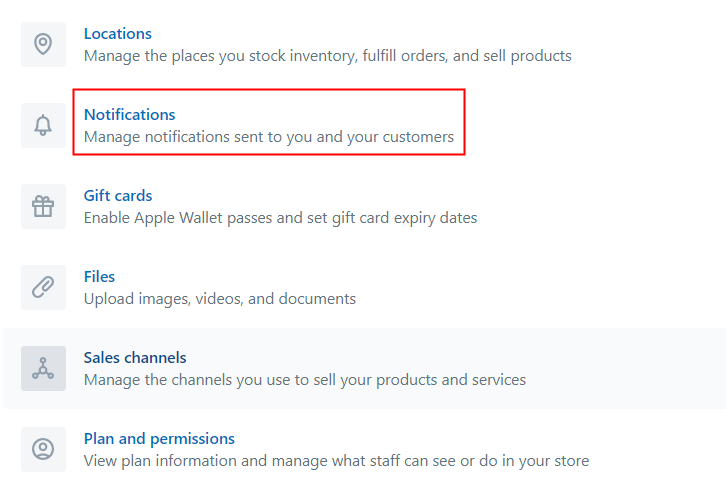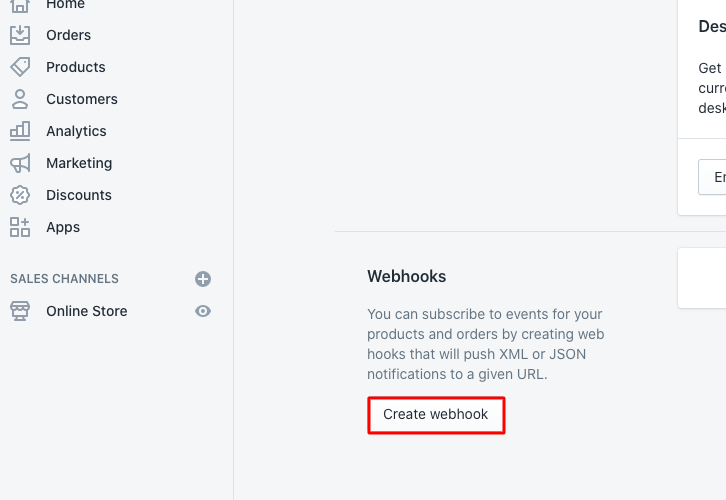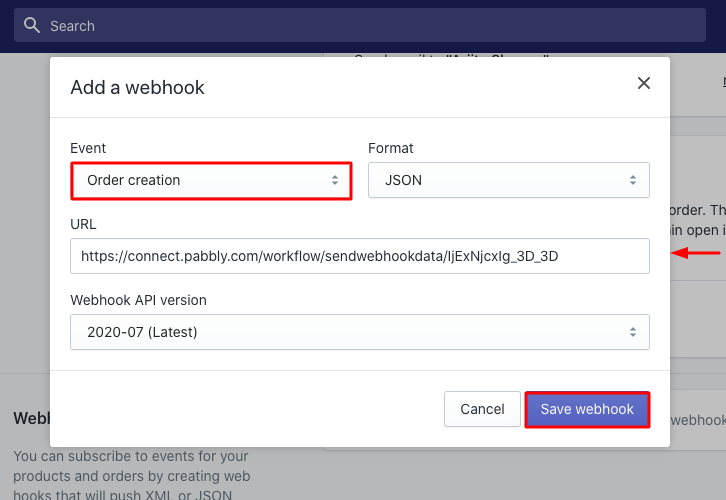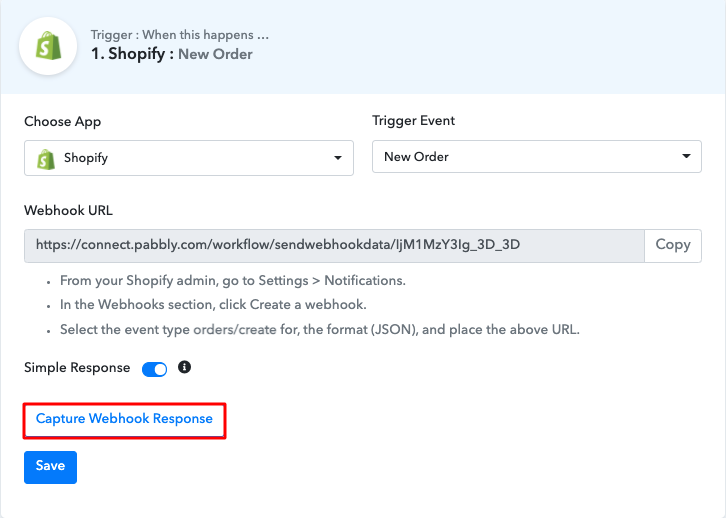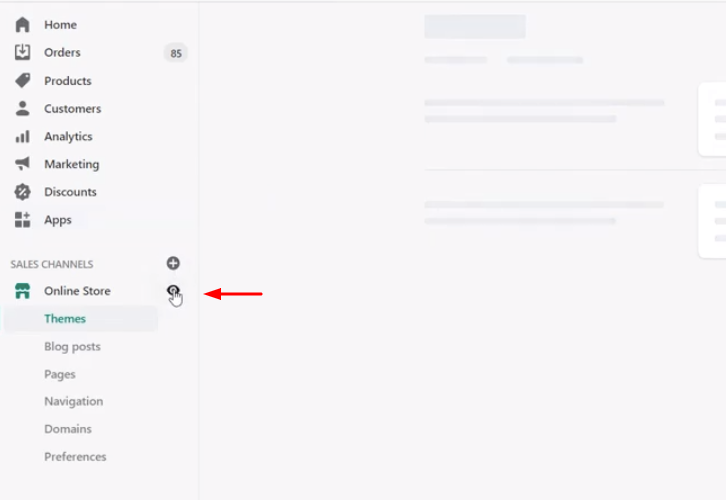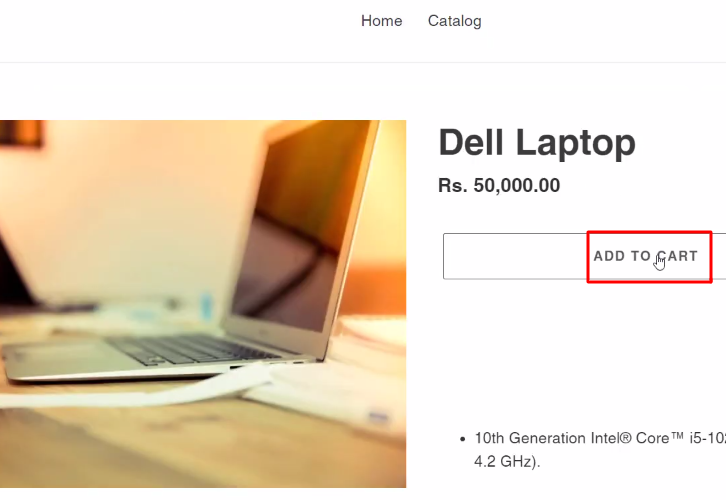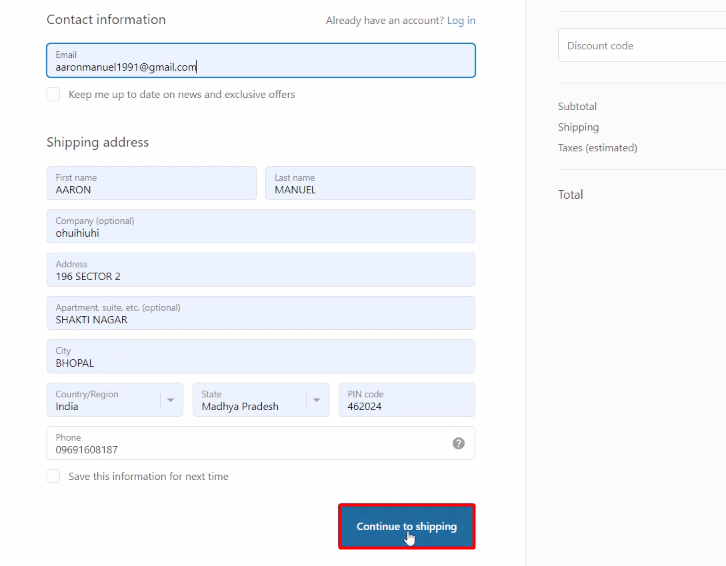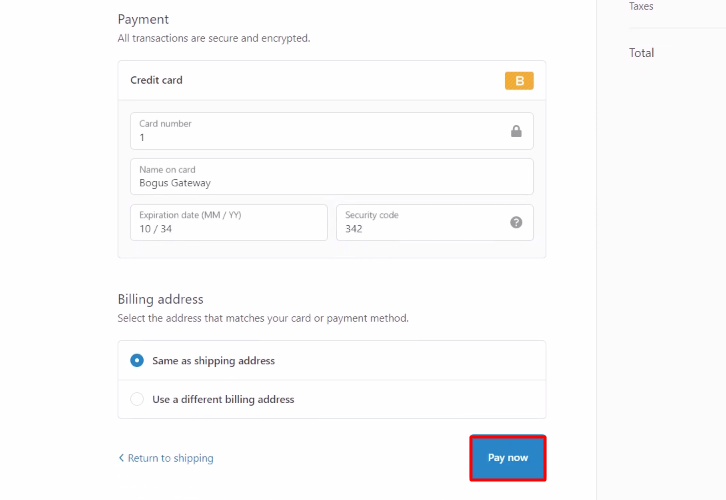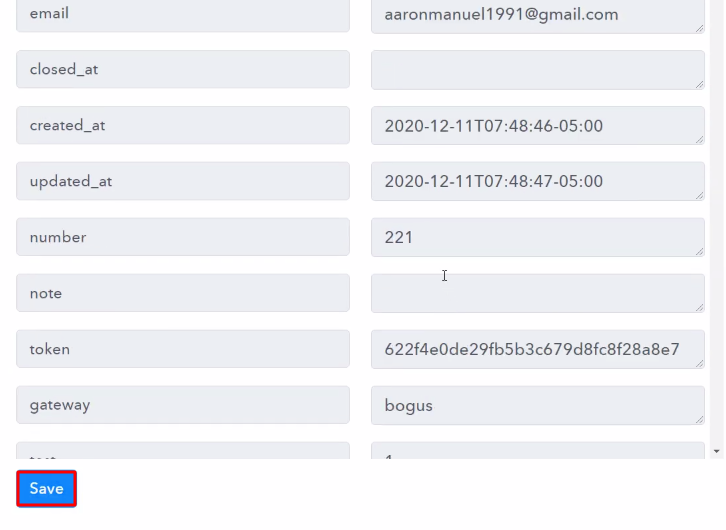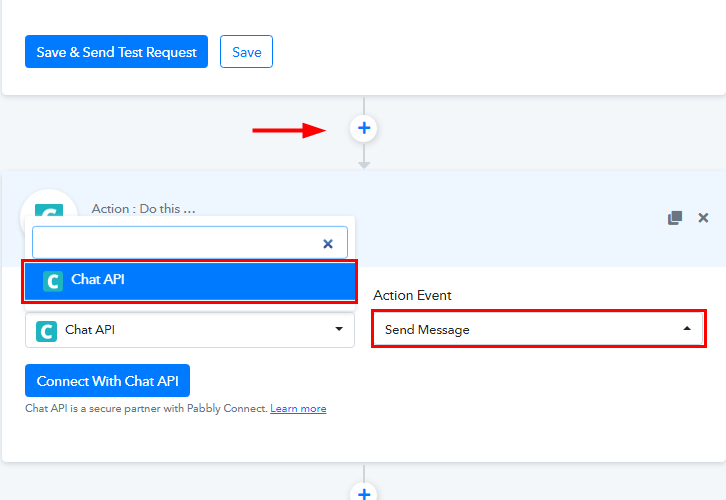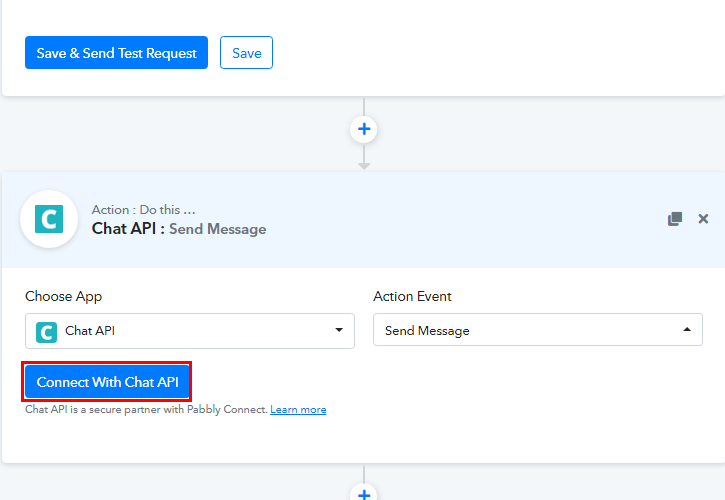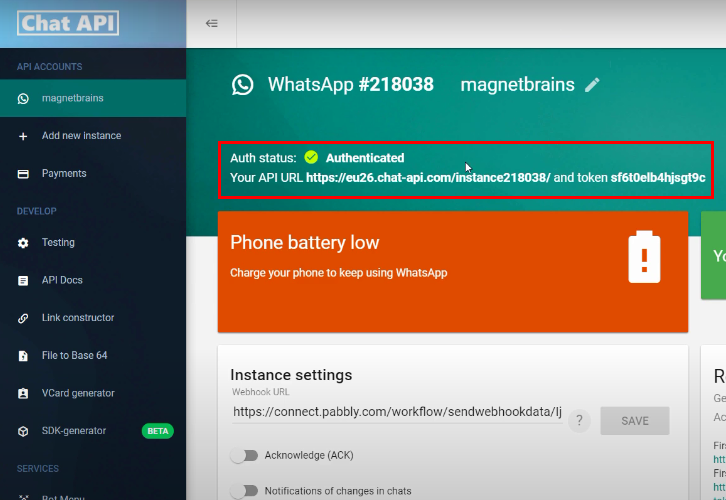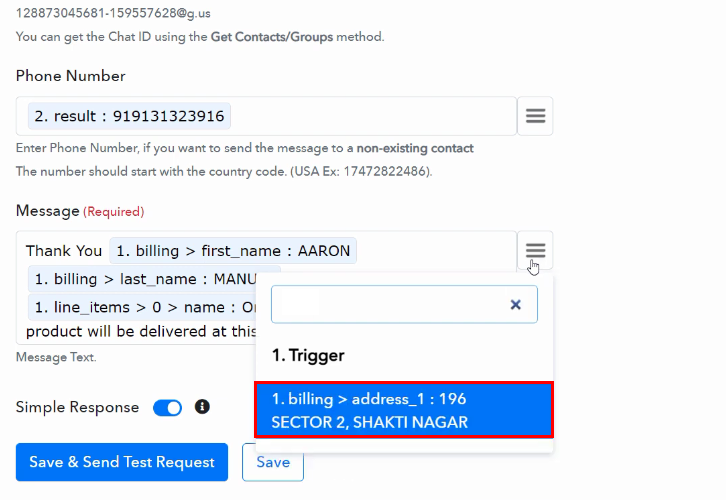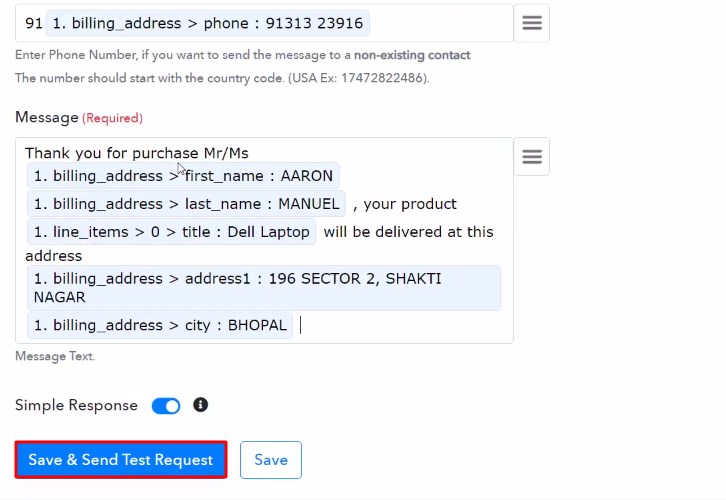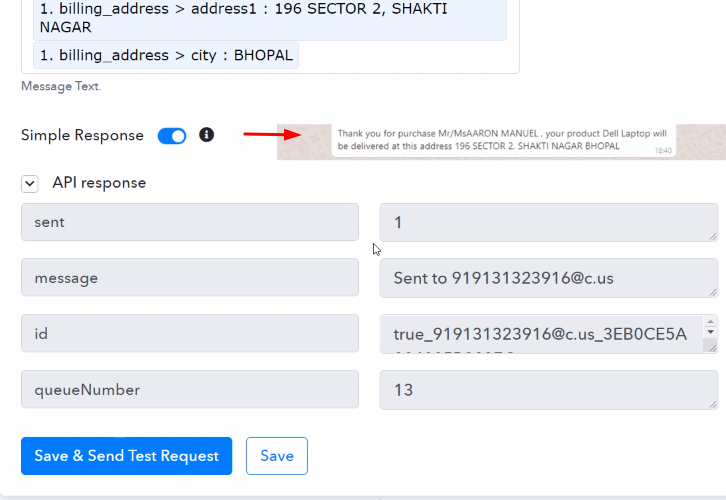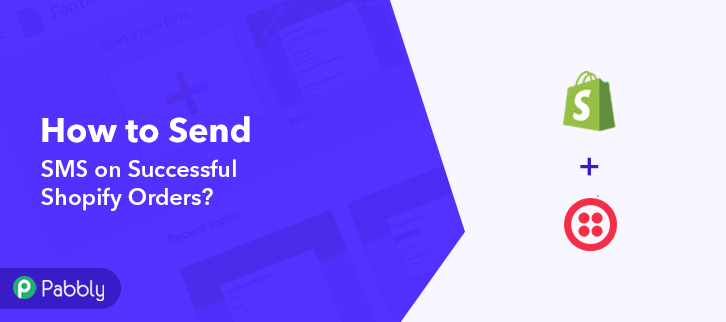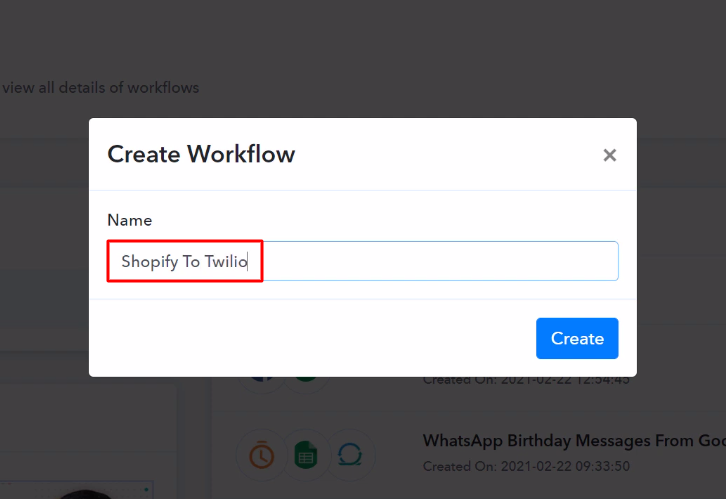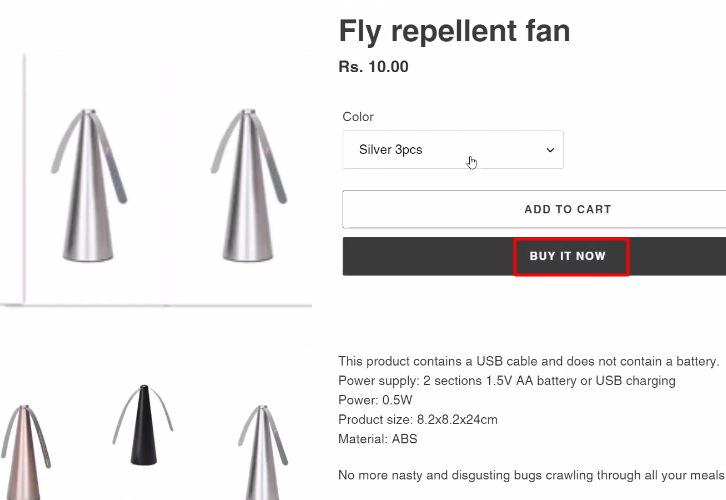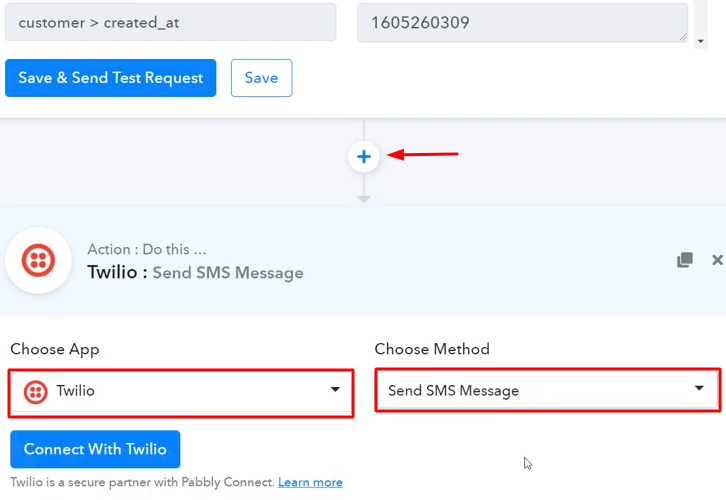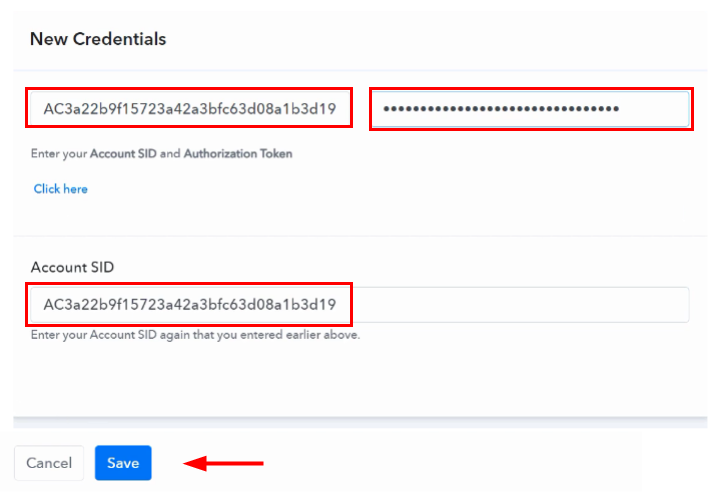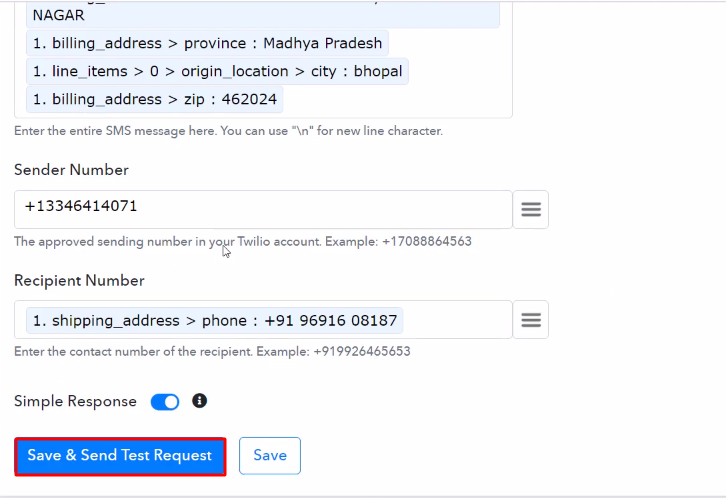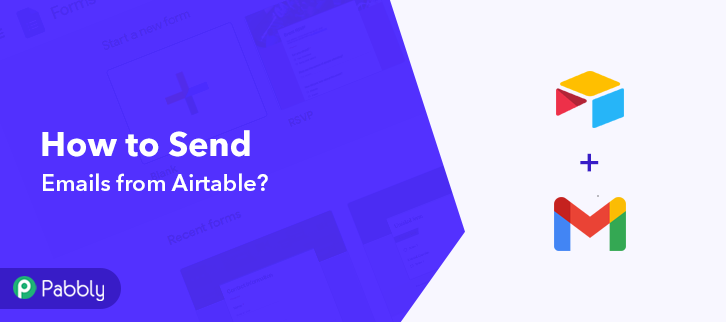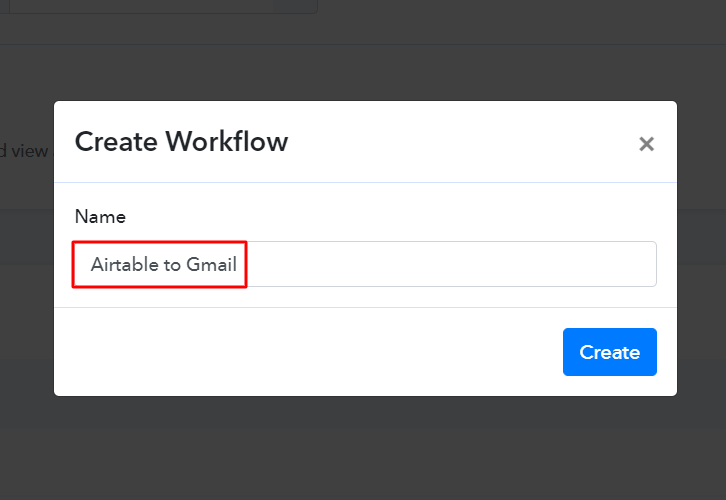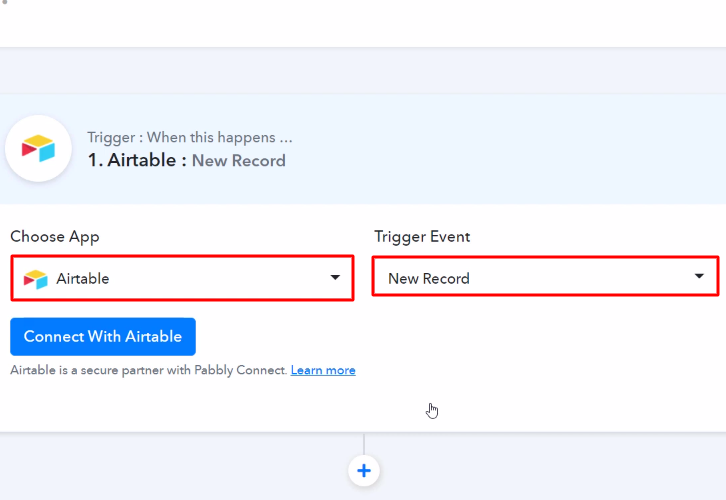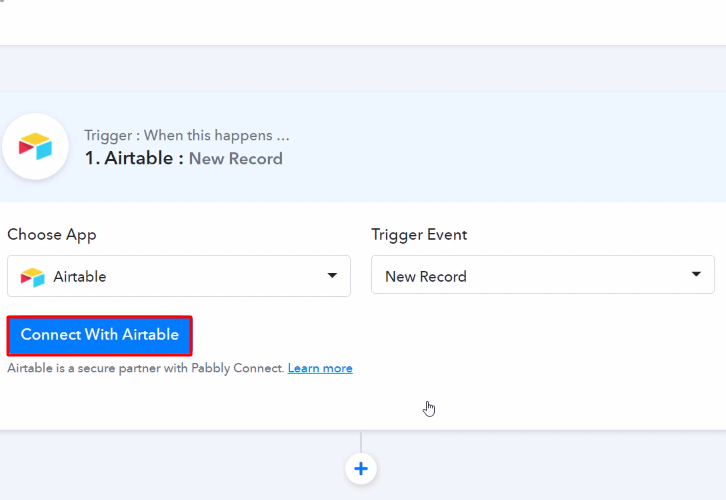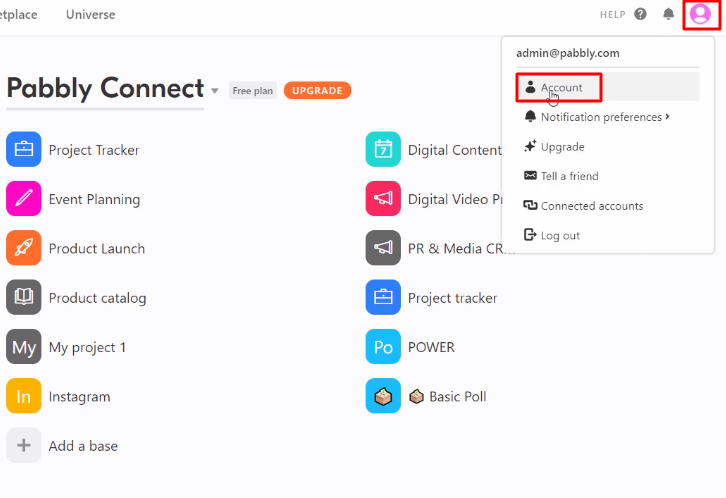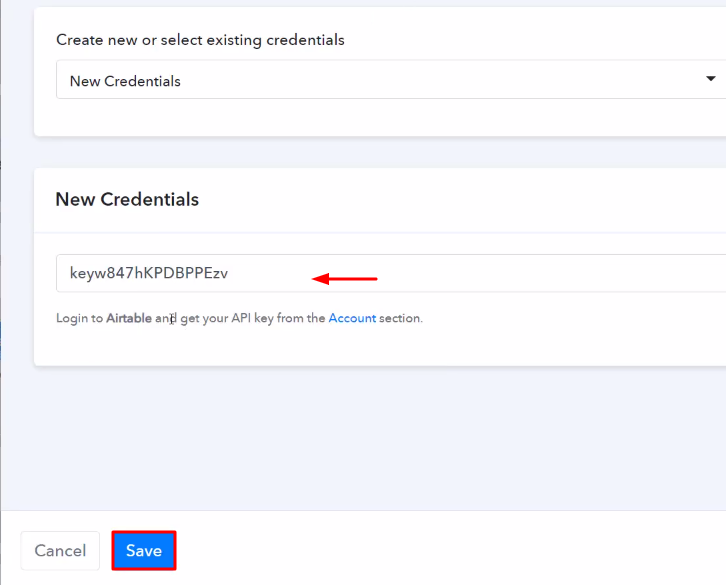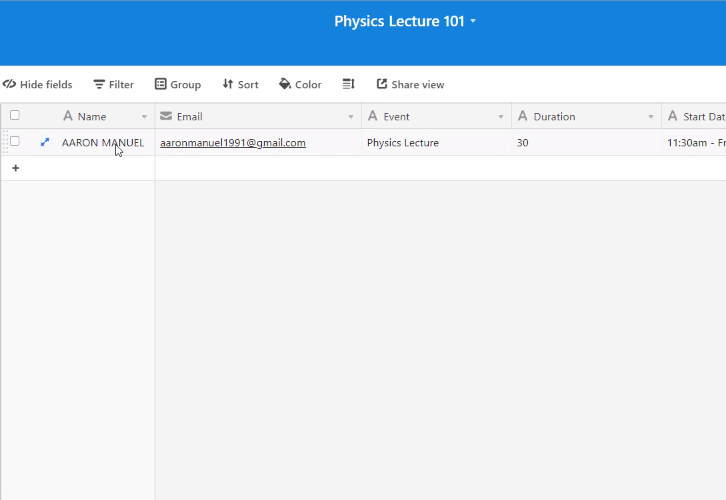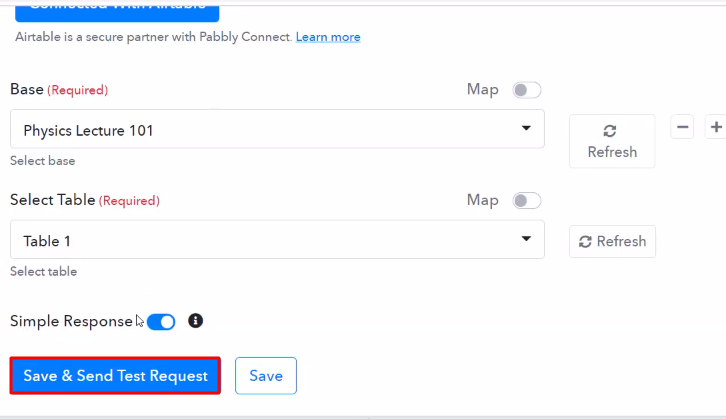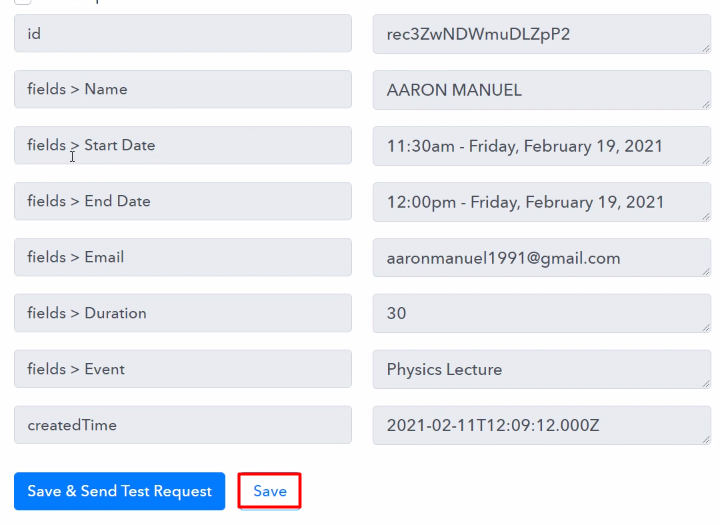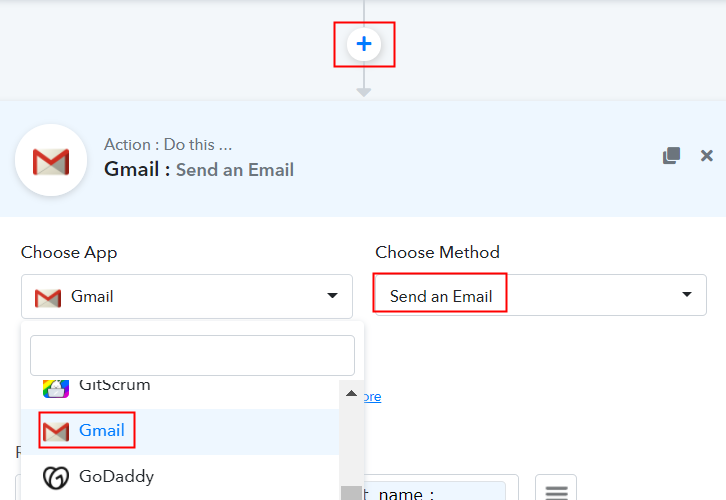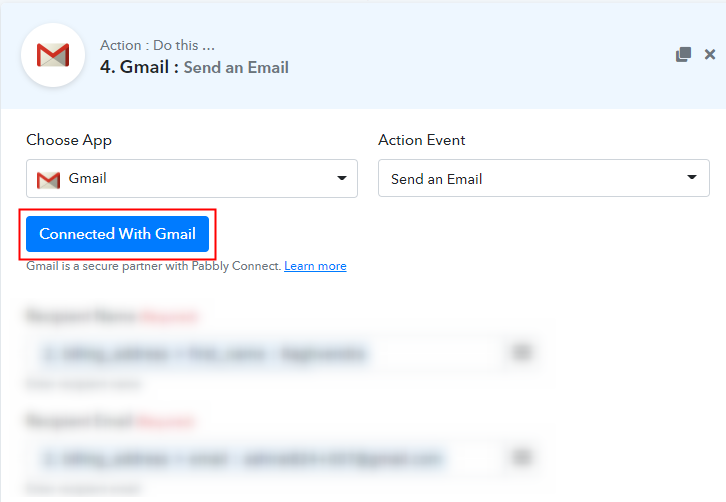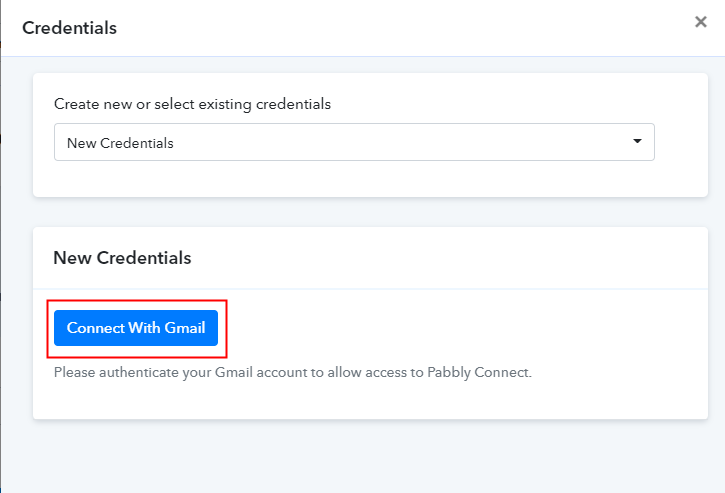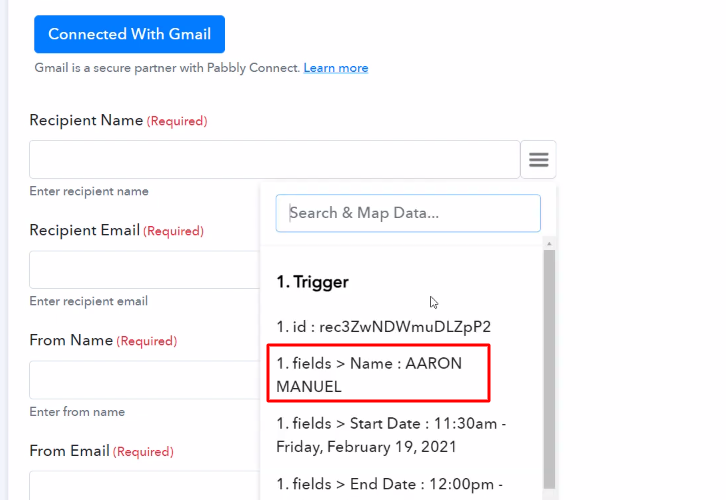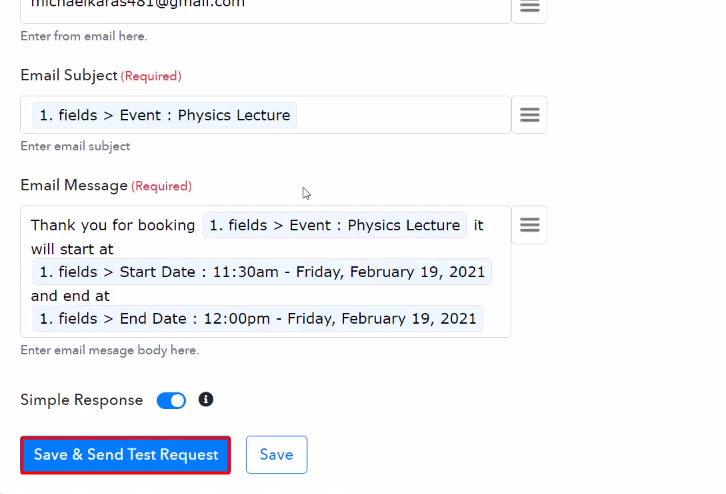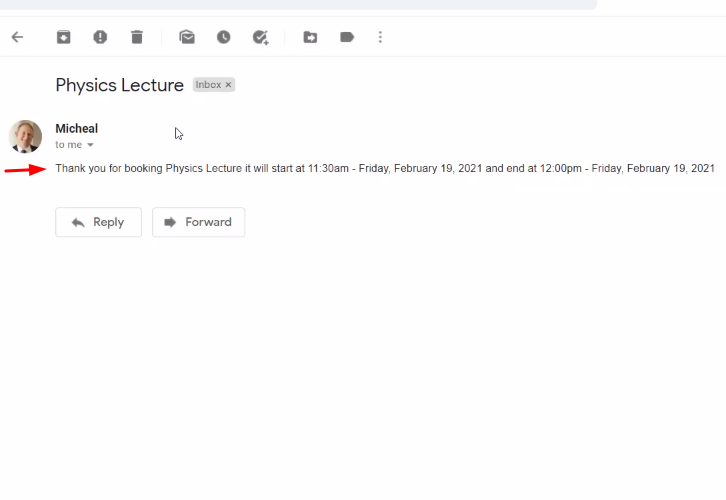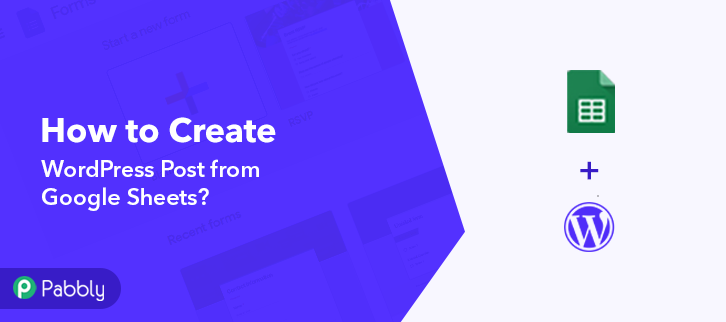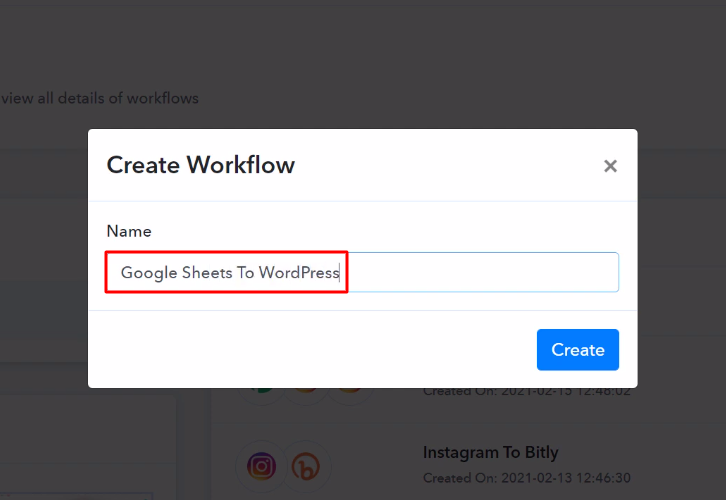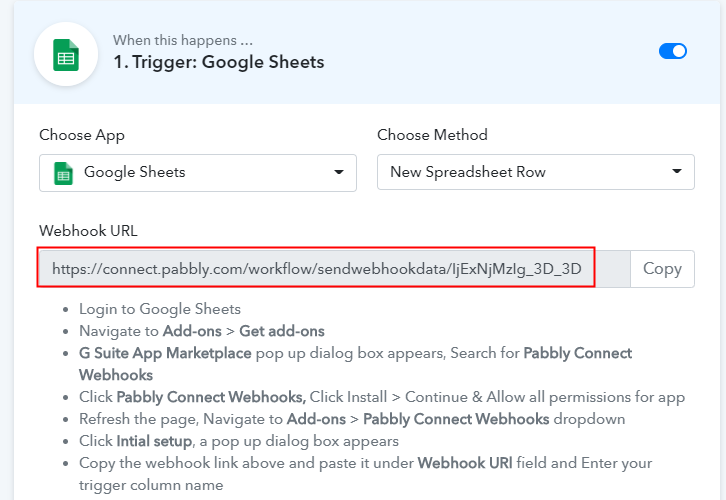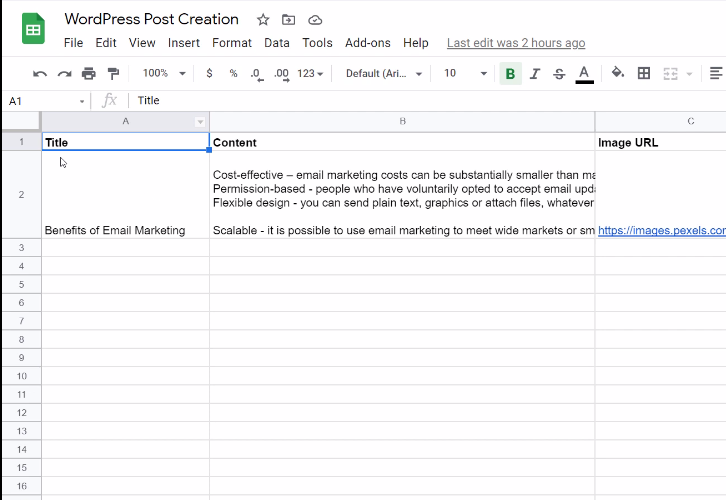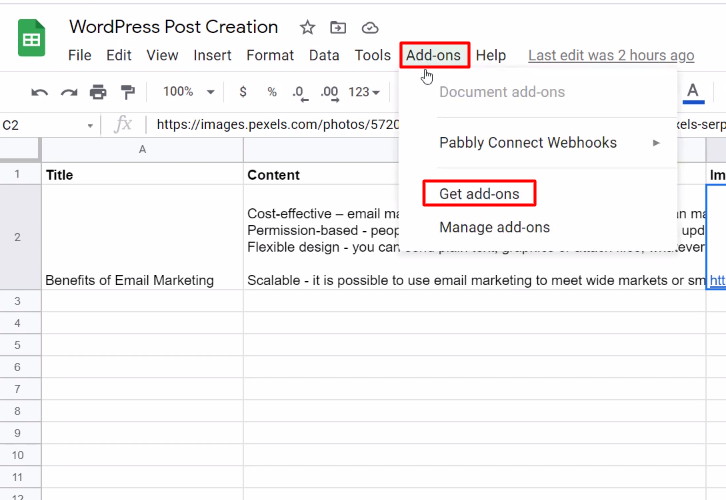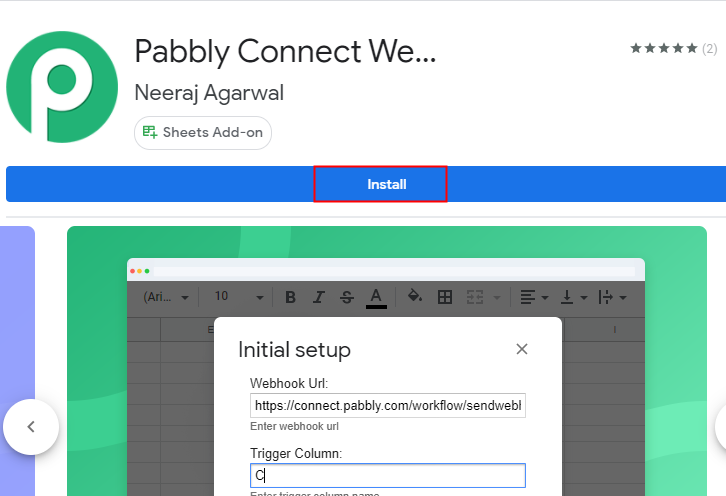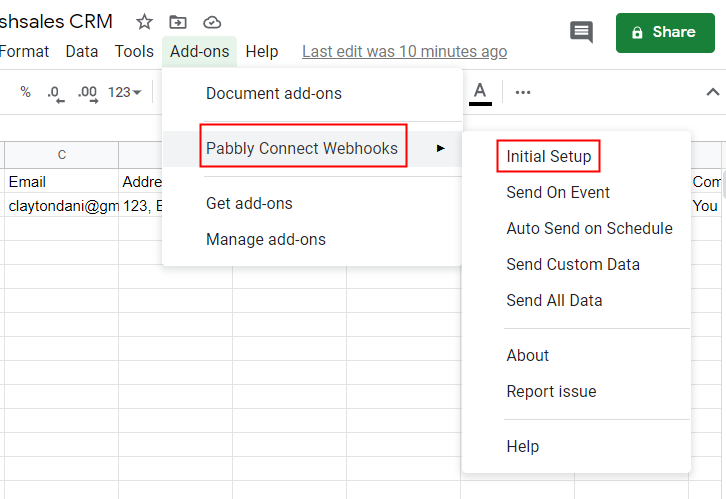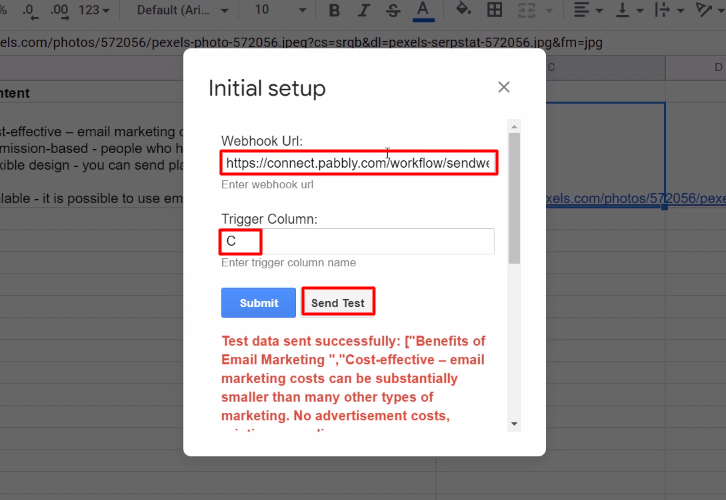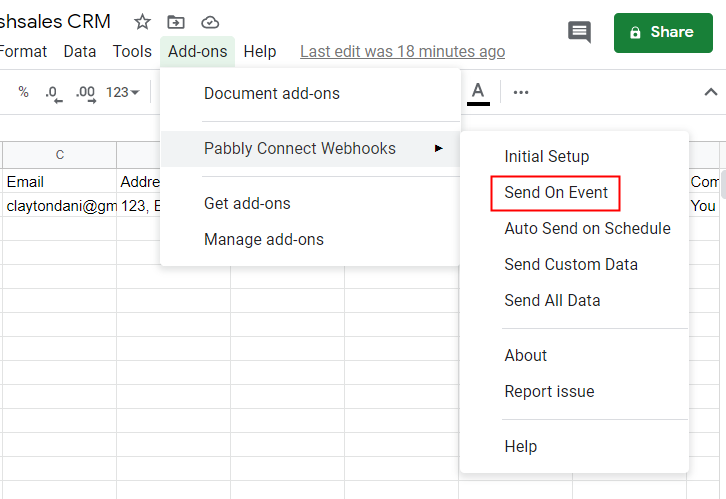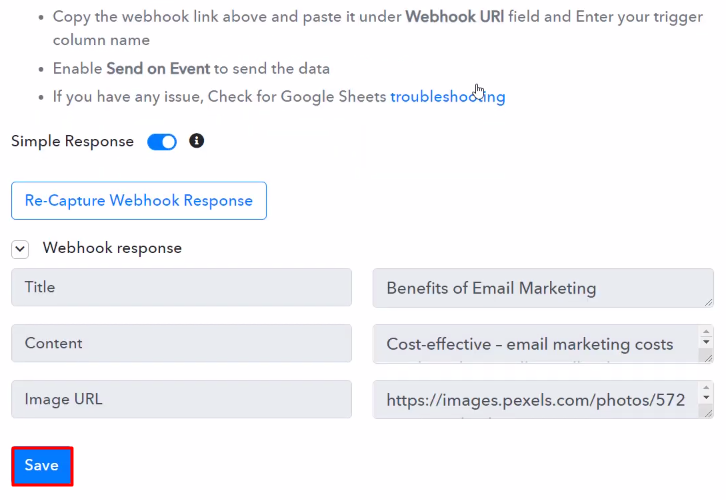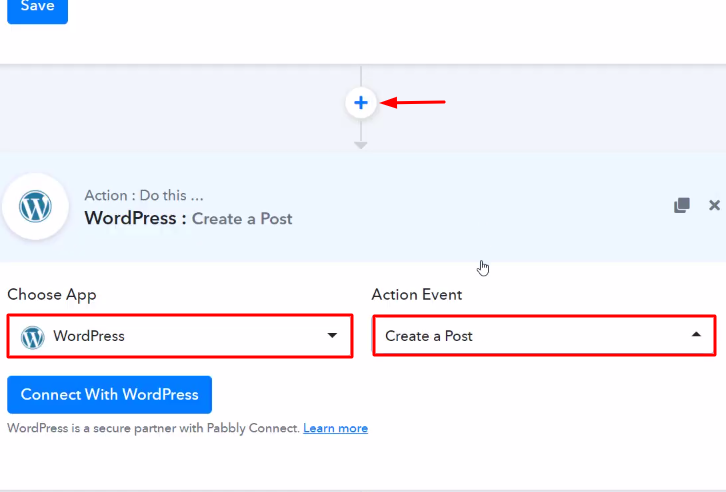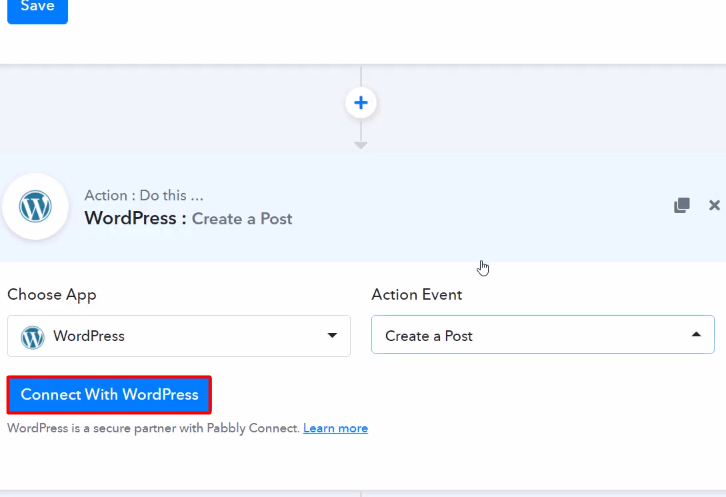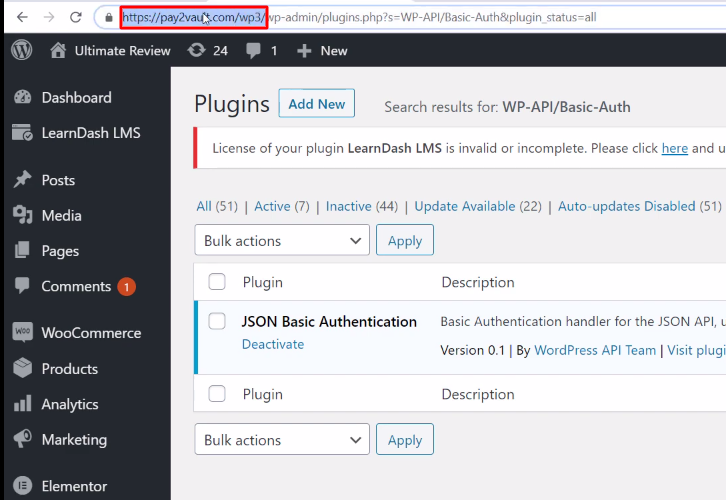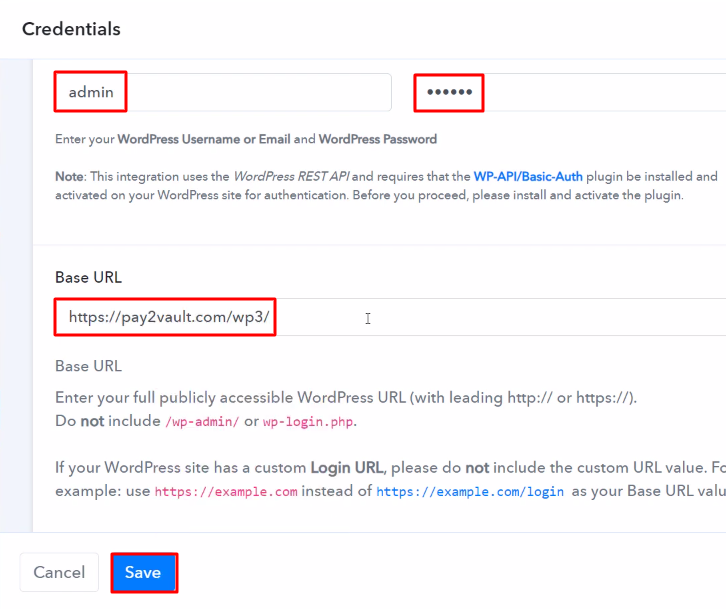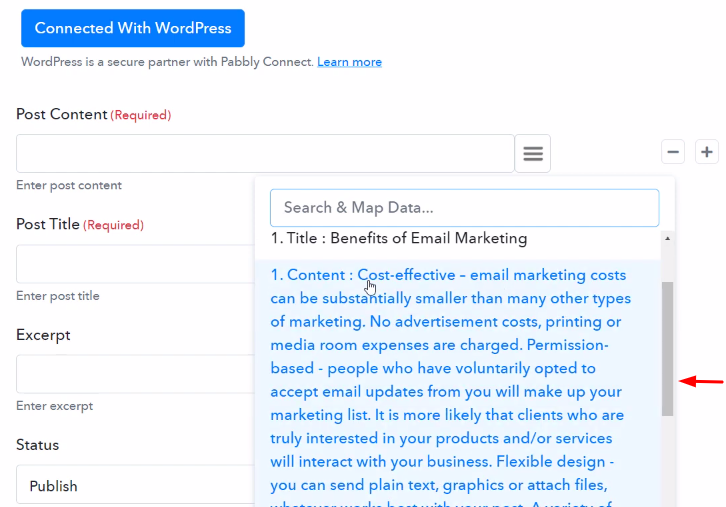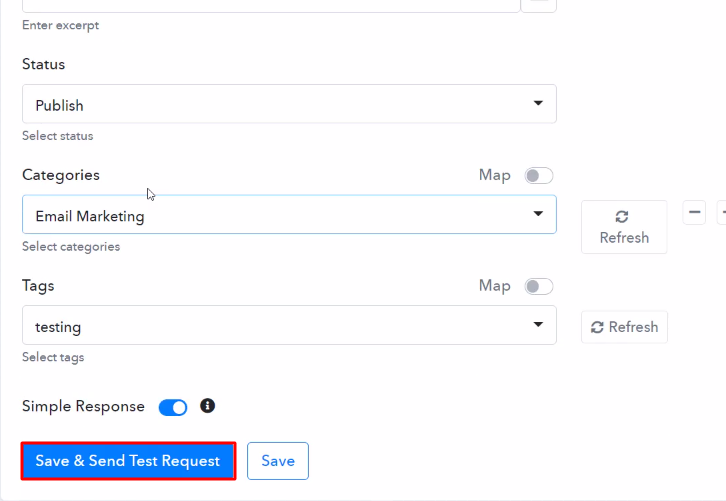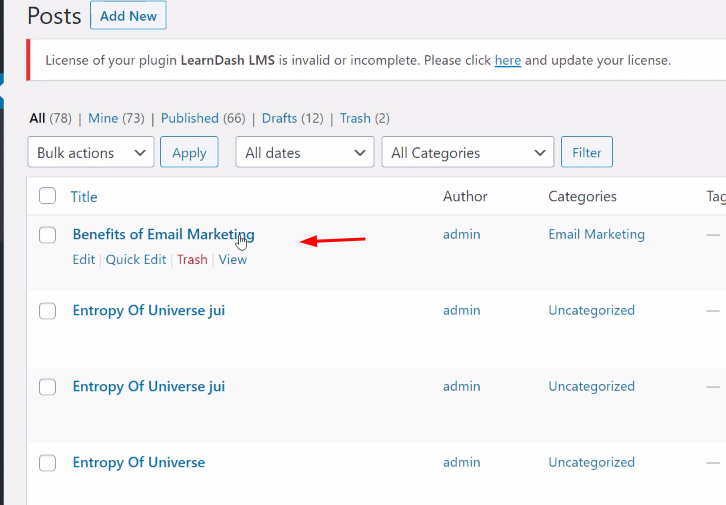Are you wondering how you can send email from Google Sheets automatically?

If yes, then let me tell you the easiest way to do so that too without any coding. In this article, I’ve explained the step by step procedure. For this automation, I’ve used the Pabbly Connect service to establish a connection between Google Sheets and Gmail.
So basically, Pabbly Connect is an integration & automation service that enables you to connect multiple applications together and automate manual & repetitive tasks in real-time.
Moreover, the procedure explained in this blog is just a one-time setup. The created workflow will take care of the automation afterwards.
Why Choose This Method Of Integration?
In contrast with other integration services-
- Pabbly Connect does not charge you for its in-built apps like filters, Iterator, Router, Data transformer and more
- Create “Unlimited Workflows” and smoothly define multiple tasks for each action
- As compared to other services which offer 750 tasks at $24.99, Pabbly Connect offers 50000 tasks in the starter plan of $29 itself
- Unlike Zapier, there’s no restriction on features. Get access to advanced features even in the basic plan
- Try before you buy! Before spending your money, you can actually signup & try out the working of Pabbly Connect for FREE
Before getting started with the procedure, let’s discuss a little about the services that are involved. Google Sheets is an excellent spreadsheet program. Whereas, Gmail is a free email service.
By integrating Google Sheets with Gmail we are going to auto-send email from Google Sheets entries. This way, whenever a new row/data is added on Google Sheets an email for that particular entry is sent automatically.
Additionally, check out the video tutorial below for this integration.
Further, I’ve added the template for this integration to help you get started immediately. You can simply click on the image given below. Moreover, you can also visit Marketplace to search the other integrations & apps.
Now, buckle up as we’re going to discover the Google Sheets and Gmail integration.
Step 1: Sign up to Pabbly Connect
Begin the procedure to auto send email from Google Sheets by visiting the Pabbly Connect website. Click on the ‘Sign-Up Free‘ button available on the home page. Next, either feed in your existing Gmail credentials or simply register via sign-up.
Step 2: Access Pabbly Connect
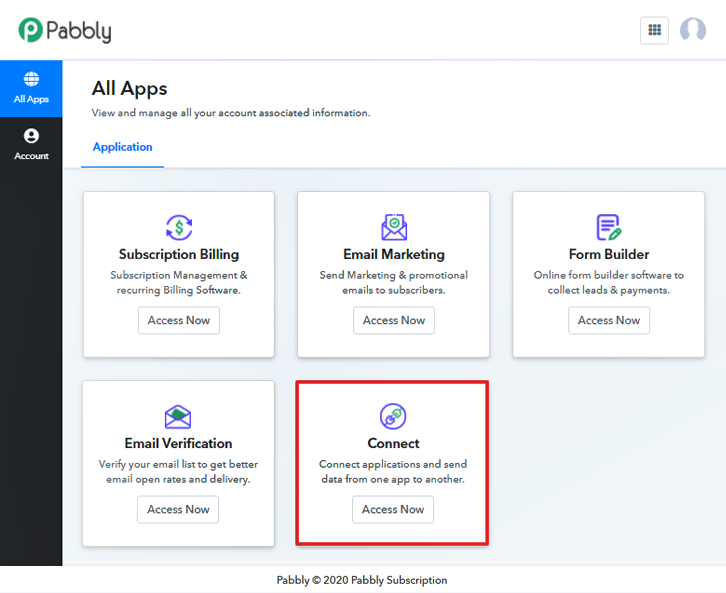
After successfully logging in, click on the ‘Access Now’ button of the software ‘Connect’ amongst all the Pabbly applications.
Step 3: Workflow for Google Sheets and Gmail Integration
(a) Start with a New Workflow

Further, start with creating a workflow for Google Sheets to Gmail integration & to do this click the ‘Create Workflow’ button available on the dashboard.
(b) Name the Workflow
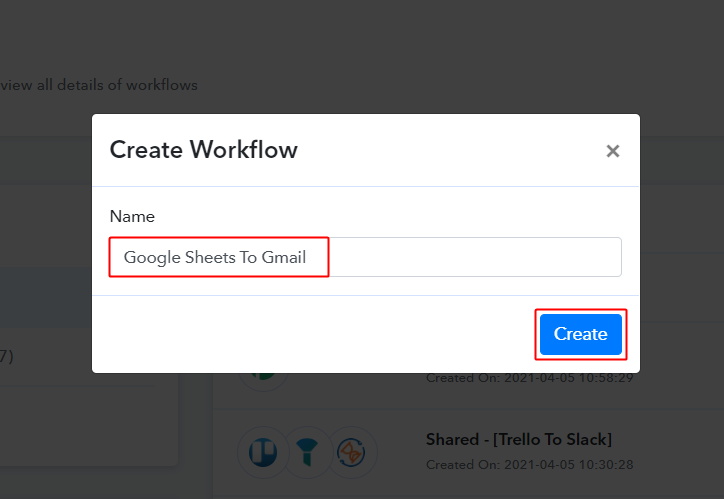
A window asking for the workflow name will pop up. Now, name the workflow as per the integration or use-case (for instance: Google Sheets to Gmail etc). Lastly, click on the ‘Create’ button.
Step 4: Setting Trigger for Google Sheets to Gmail Integration
First, you’ll need to set up a trigger on the new Google Sheets entry and then its respective action using Pabbly Connect.
(a) Select Application you want to integrate
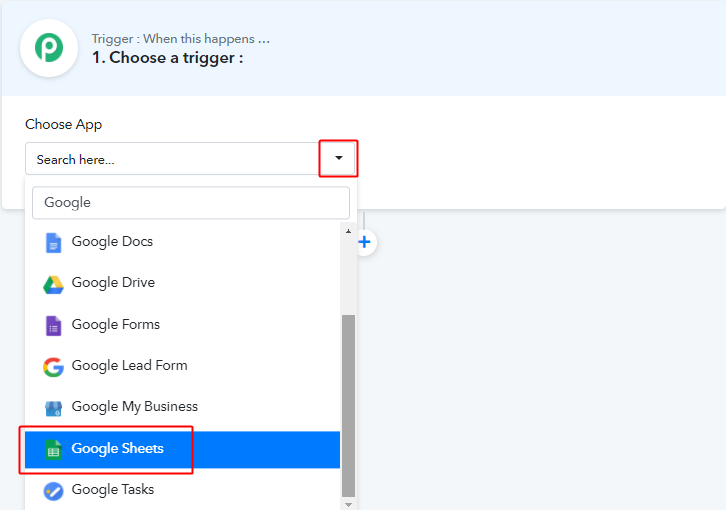
After naming your workflow, a page will open up carrying the trigger window settings.
Pick the ‘Google Sheets’ app from the ‘Choose App’ drop-down choices.
(b) Select Event & Copy Webhook URL
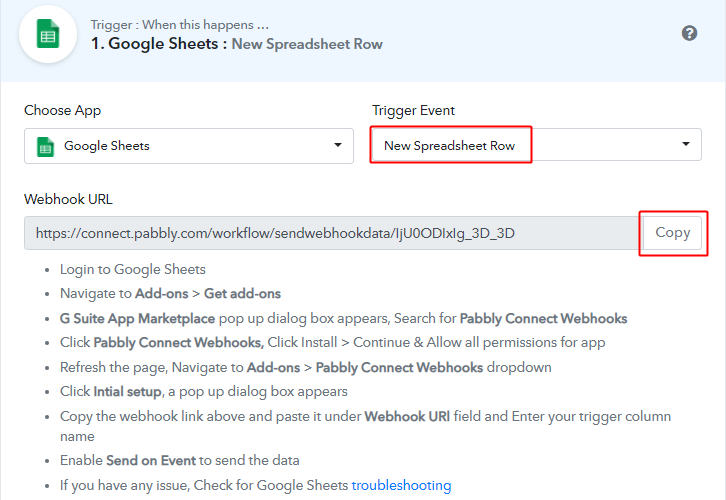
Select the event as ‘New Spreadsheet Row’ & then copy the webhook URL.
Step 5: Connecting Google Sheets to Pabbly Connect
(a) Create a Google Sheet & Click on Addons
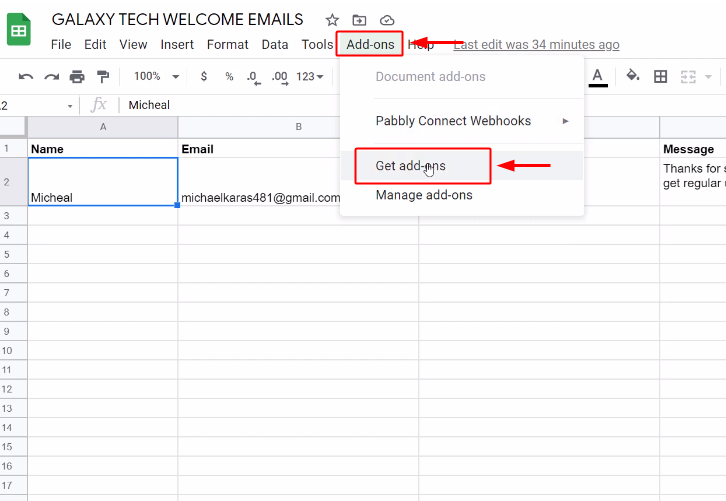
To connect Google Sheets with Pabbly connect first, create a new spreadsheet. Also, enter values associated within multiple columns such as name, email, subject, message etc.
Then, click on the ‘Add-ons’ option available in the sheet menu. Next, click on the ‘Get Add-ons’ option.
(b) Search for Pabbly Connect Webhook
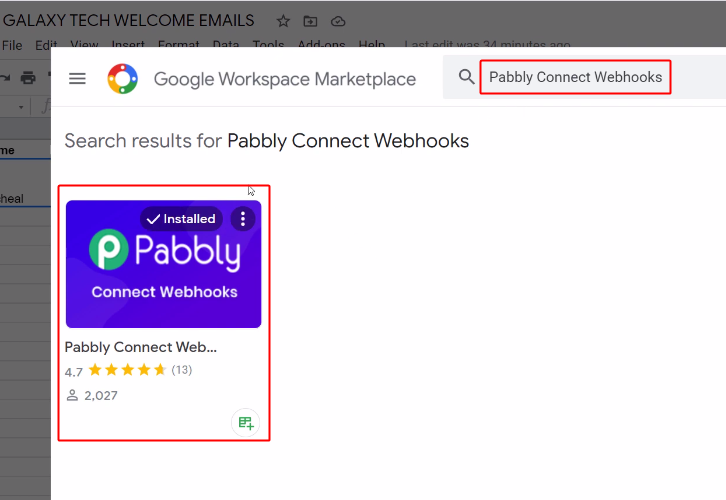
Now search for the Pabbly Connect Webhook in the given search bar. Select the Pabbly Connect Webhook.
(c) Install Pabbly Connect Webhook
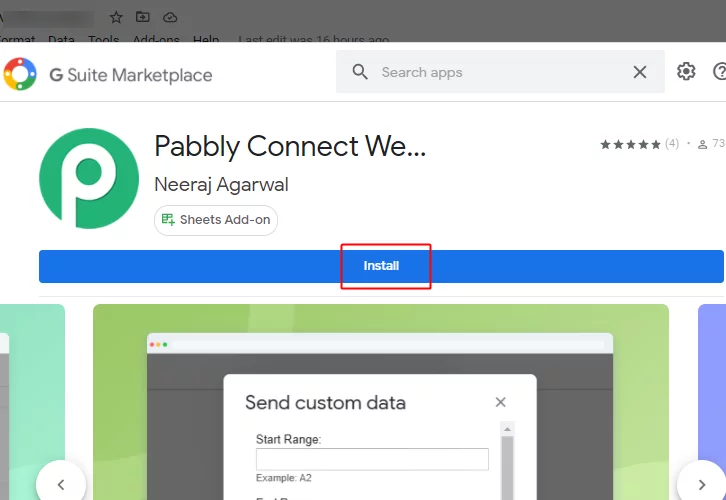
Install this addon on your spreadsheet by clicking the ‘Install’ button.
(d) Initial Setup
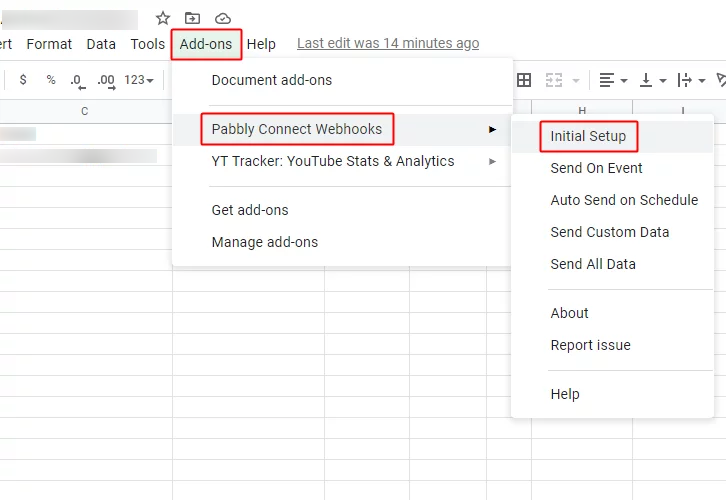
Next, click on ‘Initial Setup’.
Step 6: Test the Response in Pabbly Connect Dashboard
As we can see, we are done setting up the trigger for Google Sheets and Gmail integration. So, let’s test the Google Sheets trigger by adding test data.
(a) Capture Webhook Response
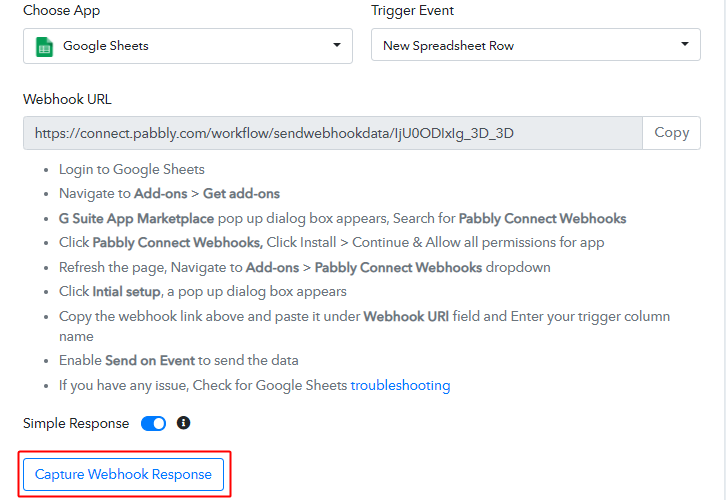
Remember to click on the ‘Capture Webhook Response’ button available in the Pabbly Connect trigger window.
(b) Paste the Copied Webhook URL & Click on ‘Send Test’
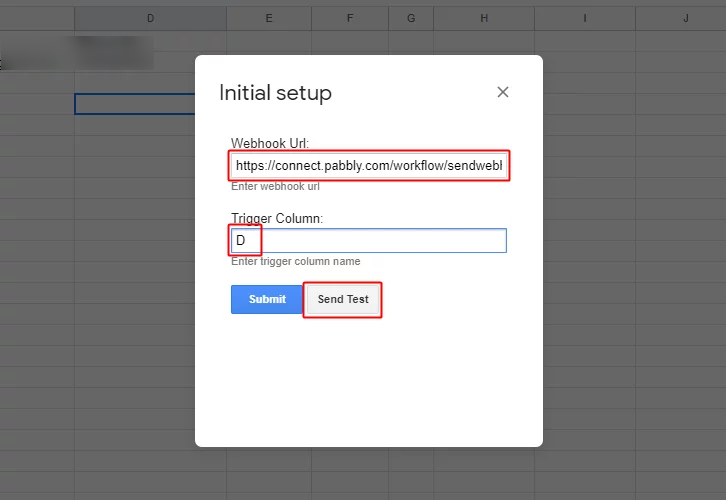
Now, paste the copied (from Pabbly Connect trigger) webhook URL from in the ‘Webhook URL’ field.
Don’t forget to mention the ‘Trigger Column’ value. Mention the letter (i.e. A, B, C, D etc) respective to the column up to which you want to share the spreadsheet data.
Lastly, click on the ‘Send Test’ button to send a test request on the Pabbly Connect trigger.
(c) Check & Save the Trigger API Response
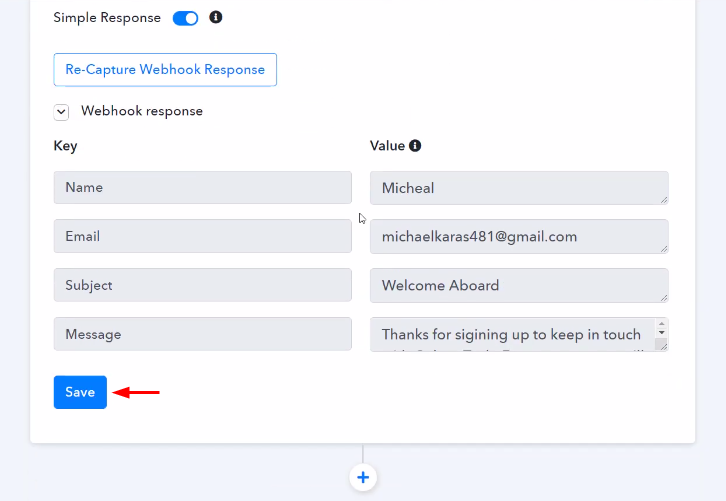
Check the sheet data in the trigger response window and remember to save this data.
Step 7: Setting Action for Google Sheets to Gmail Integration
Now, as we have gathered all the data to send an email on Gmail from Google Sheets. We can proceed to use this data to perform our action. After that, an email will be sent for every new sheet entry automatically.
(a) Select Application you want to Integrate
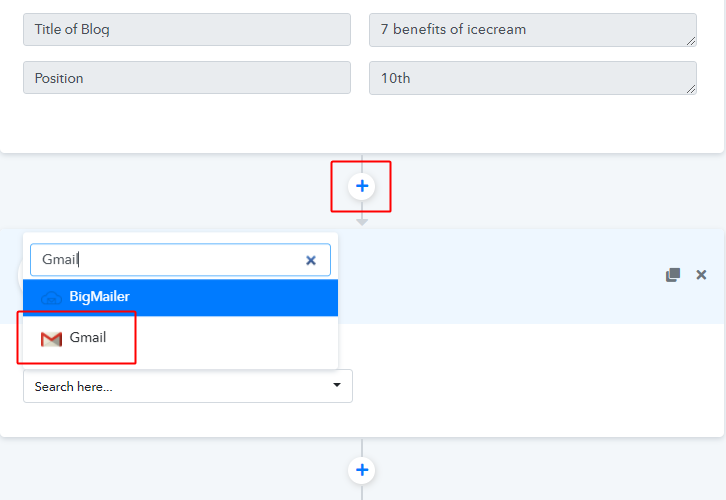
Hit the plus button next to your Google Sheets trigger.
Select the app to integrate here as ‘Gmail’.
(b) Select Event & Connect with Google Sheets
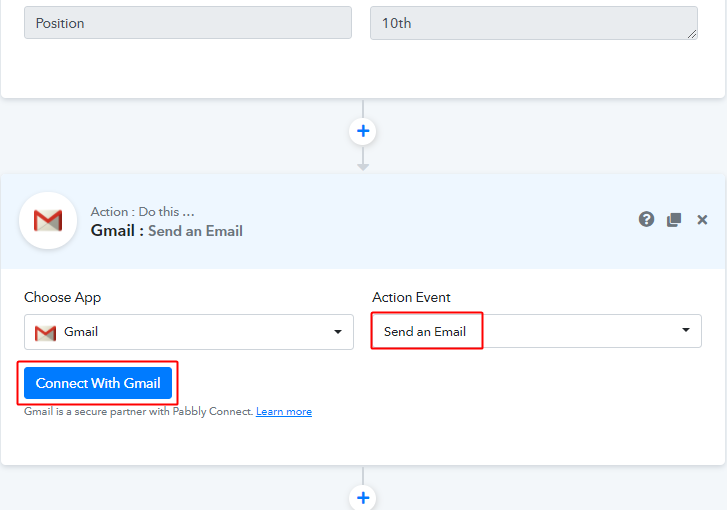
Next, select the event as ‘Send an Email’.
Lastly, click the ‘Connect with Gmail’ button.
Step 8: Connecting Gmail to Pabbly Connect
Our next step is to connect Gmail with Pabbly Connect. For this first, authorize your Gmail account to connect.
(a) Authorize Gmail Account
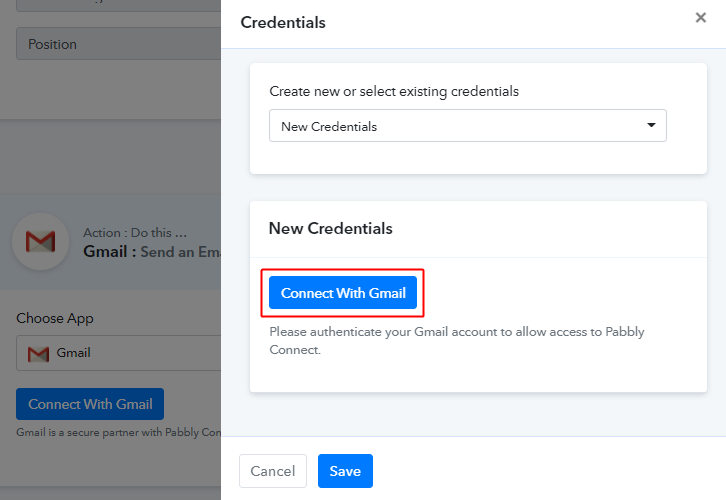
An authorization window will open up next. Allow your Gmail account to connect with Pabbly Connect by giving the required permissions.
(b) Map Fields
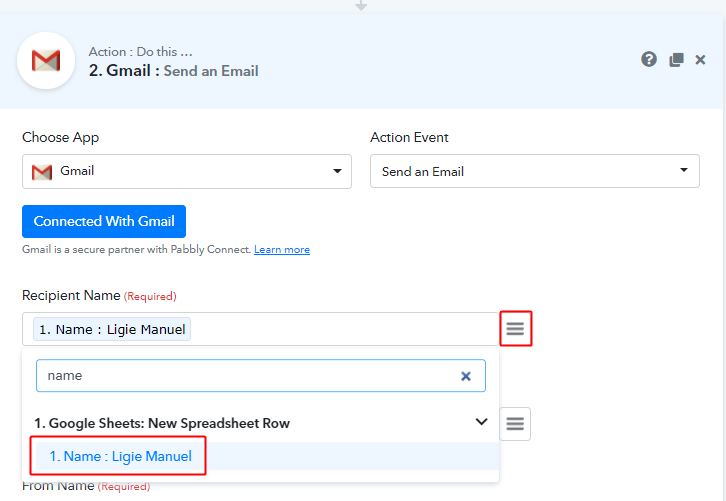
Further, select the map the webhook response values with the mail fields.
To map a value, click on the menu button (three horizontal lines) next to a field.
After that, find and select the response value from the trigger response.
Similarly, map all the required fields.
(c) Send Test Request
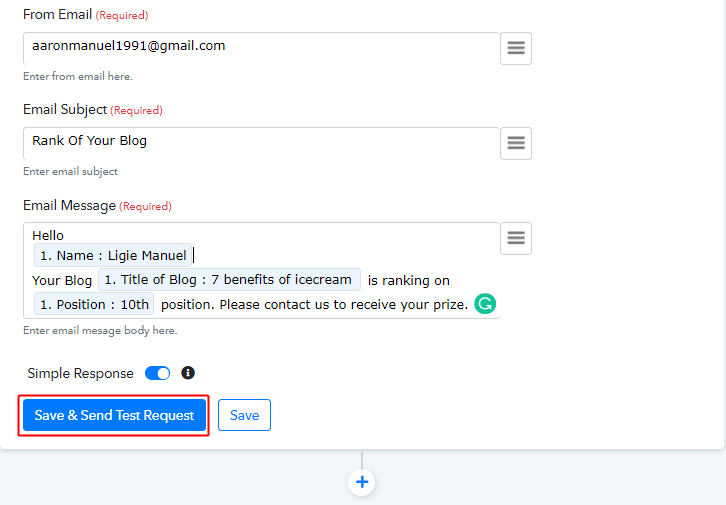
Further, click on the ‘Save & Send Test Request’ button to send an email.
(d) Check & Save Response
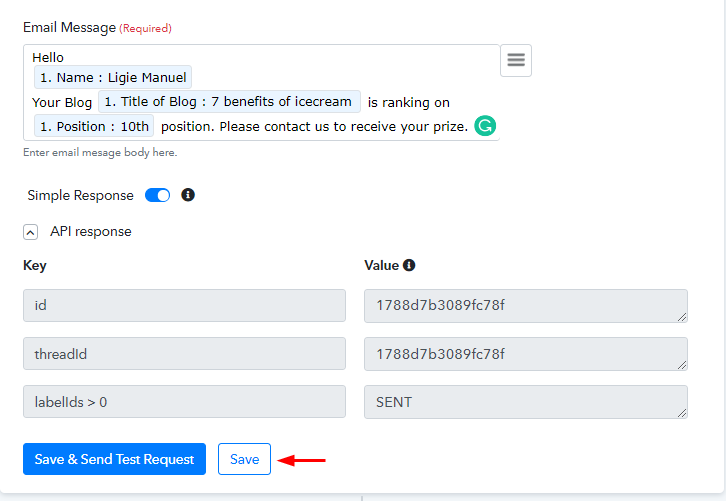
Certainly, you can check the Gmail API’s response in the action window. And, if there is some error while sending the data then the window will start showing you the error.
Finally, click on ‘Save’ to save the action API’s response.
Step 9: Check Response in Gmail
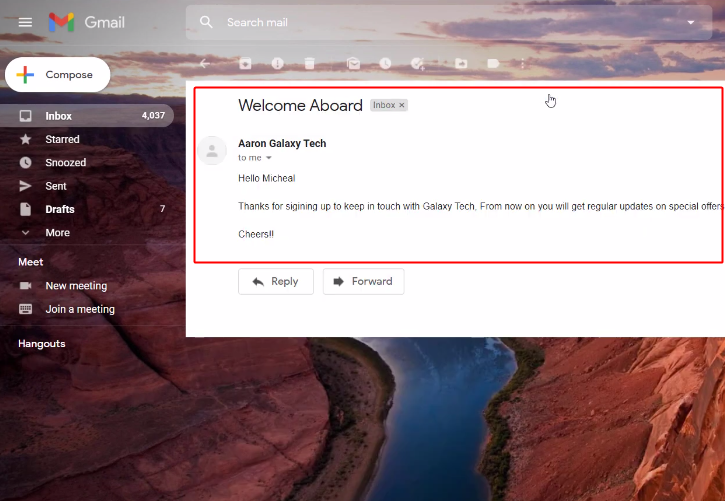
Also, you can check the email on your connected Gmail Account.
Conclusion –
To sum up, this was all about ‘How to send email from Google Sheets’. Consequently, after completing the step by step procedure, you will end up sending emails from Google Sheets automatically.
Meanwhile, you can opt Pabbly Connect for FREE with all its premium features to automate your routine tasks.
Also, comment below your queries and suggestions about this procedure.

